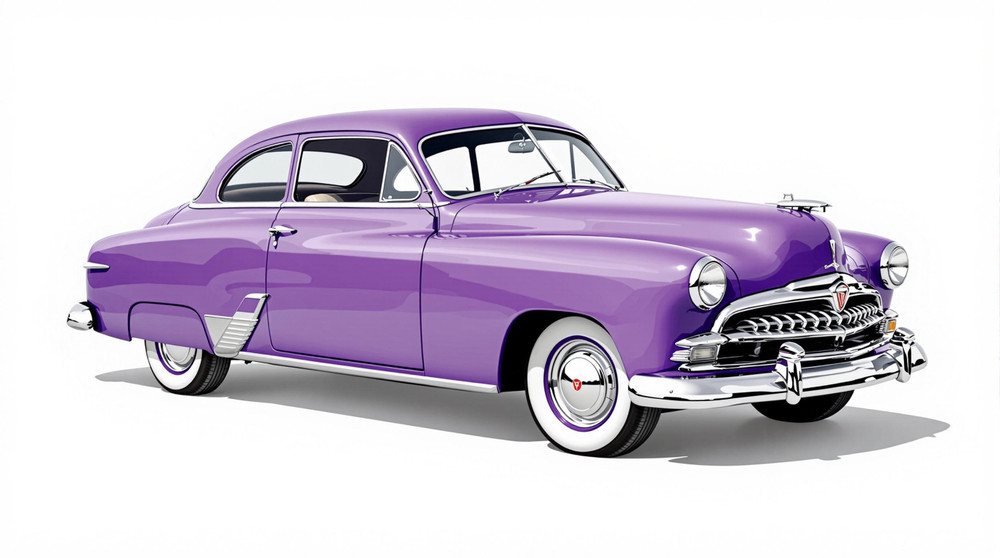Image of 1951 Hudson Hornet, Note: These illustrations use artistic license and may differ from actual historical models.
Performance Metrics
Fundamental Metrics
Emotional Appeal
MMP Rating
| Engine Specifications | |
|---|---|
| Engine: | 308 cu in (5.0 L) I6 |
| Displacement: | 308 cu in (5.0 L) |
| Horsepower: | 145 hp |
| Torque: | 275 lb-ft |
| Compression Ratio: | 7.2:1 |
| Ignition System: | Battery and coil |
| Cooling System: | Liquid-cooled |
| Performance Specifications | |
| 0-60 Time: | 12 seconds |
| 1/4 Mile Time: | 19 seconds |
| Top Speed: | 105 mph |
| Transmission and Drive | |
| Drive Type: | Rear-wheel drive |
| Transmission Type: | 3-speed manual, 4-speed Hydra-Matic automatic |
| Fuel and Efficiency | |
| Fuel System Type: | Carburetor |
| MPG: | 13-16 mpg |
| Dimensions and Brakes | |
| Brakes: | Drum brakes |
| Wheelbase: | 124 inches |
| Weight: | 3,420 lbs |
Note: Specifications for classic cars are given to the best of our ability, considering the limited and variant data available.
Unveiling the Legend: The 1951 Hudson Hornet
The 1951 Hudson Hornet emerges not merely as a car but as an emblem of post-war American ingenuity and style. Born from the innovative minds at Hudson Motor Car Company, this vehicle swiftly carved its niche in automotive history. At a time when the industry was burgeoning with new ideas, the Hornet stood out with its unique "step-down" design and powerful performance. A notable moment that piques interest is its domination in early stock car racing, where it became a beacon of speed and reliability.
Design and Innovation: A Step-Down into Elegance
The Hornet's exterior styling was a harmonious blend of aerodynamics and classic elegance. Its low-slung silhouette, pronounced curves, and sleek lines were a visual feast, setting it apart from the more upright designs of the era. Inside, passengers were treated to a spacious cabin crafted with quality materials that exuded luxury. The innovative "step-down" interior allowed for a lower center of gravity, enhancing both comfort and safety.
Technologically, the Hornet was ahead of its time, boasting features like an optional "Twin H-Power" dual carburetor system that coaxed more power from its robust engine. Color options ranged from conservative hues to vibrant tones, with popular choices including the iconic 'Pacemaker Blue' and 'Commodore Green.' Body styles varied, but it was the two-door coupe that became synonymous with the Hornet's racing pedigree.
Historical Significance: More Than Just a Car
The Hudson Hornet's impact on automotive design was profound. Its low-profile construction influenced future vehicle designs, prioritizing aerodynamics and handling. The Hornet set itself apart with its high-performance six-cylinder engine in an era dominated by V8s, proving that efficiency could coexist with power—a philosophy that resonates even today.
Performance and Handling: The Need for 'Fabulous' Speed
Performance-wise, the Hornet was no slouch. With a top speed nearing 100 mph and capable of 0-60 mph in around 17 seconds (impressive for its time), it was a force on the racetrack. Handling was equally commendable; its lower center of gravity allowed it to hug corners and tackle undulating roads with poise. Driving a Hornet was an immersive experience—the roar of its engine, the solid feel of its construction, and the responsive steering made for an exhilarating ride.
Ownership Experience: More Than Just Owning; Belonging
The 1951 Hudson Hornet found its place as a versatile performer—equally at home on the daily commute as it was on the race track or at car shows. Maintenance was straightforward for the era's standards, making it a reliable choice for those who wanted a blend of performance and practicality.
Fun Facts: The Hornet's Nest of Trivia
The Hudson Hornet has its share of quirks and accolades. It became legendary in NASCAR, driven by icons like Marshall Teague and Herb Thomas. Celebrity ownerships added to its allure; even Steve McQueen had one in his collection! While criticisms focused on its size and weight, these were often overshadowed by its racing triumphs.
Collector's Information: Investing in Nostalgia
Today's collector market sees the 1951 Hudson Hornet as a prized asset. While exact production numbers are elusive, estimates suggest several thousand units were produced. Values range significantly based on condition and originality but expect figures between $30,000 to well over $100,000 for pristine examples or those with significant provenance. The trend is towards appreciation as enthusiasts seek out these icons of automotive history.
Conclusion: The Legacy Lives On
The 1951 Hudson Hornet is more than just metal, rubber, and glass—it's a rolling testament to innovation and performance. Its legacy endures in every purr of its engine and every gleam on its chrome-trimmed bodywork—a true classic that continues to capture hearts across generations.
1951 Hudson Hornet Catalog of Parts
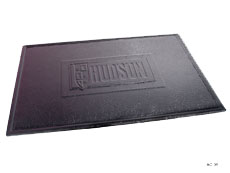 1951 Hudson Hornet Accessory Floor Mat - 12"X17"-AC 35Accessory Floor Mat - made of high quality black rubber with molded original emblem. Also designed to be sewn into new carpets. 12"X17", Each
1951 Hudson Hornet Accessory Floor Mat - 12"X17"-AC 35Accessory Floor Mat - made of high quality black rubber with molded original emblem. Also designed to be sewn into new carpets. 12"X17", Each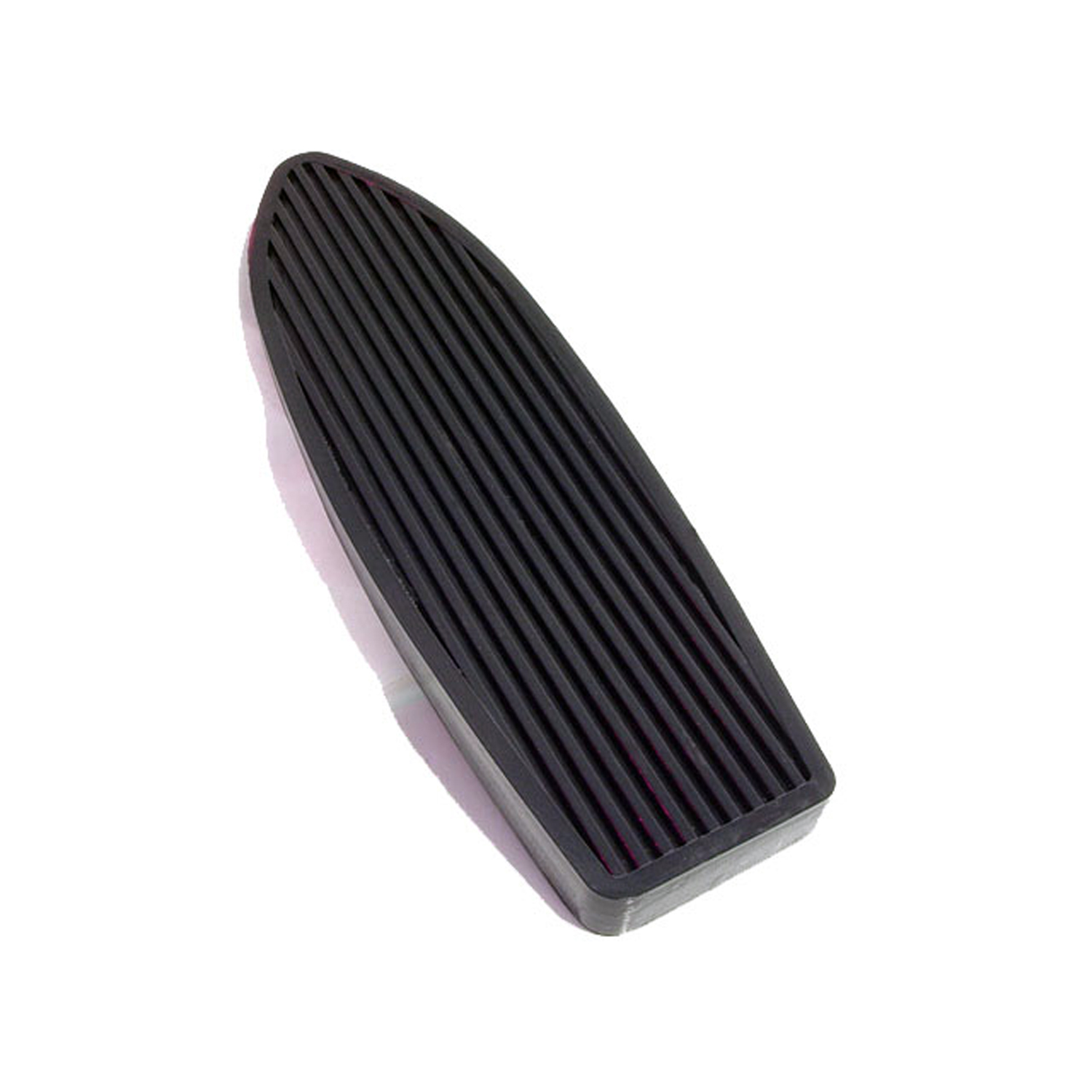 1951 Hudson Hornet Accelerator Pedal Pad, 2-5/8" X 9", Each-AP 23Accelerator Pedal Pad, 2-5/8" X 9", Each
1951 Hudson Hornet Accelerator Pedal Pad, 2-5/8" X 9", Each-AP 23Accelerator Pedal Pad, 2-5/8" X 9", Each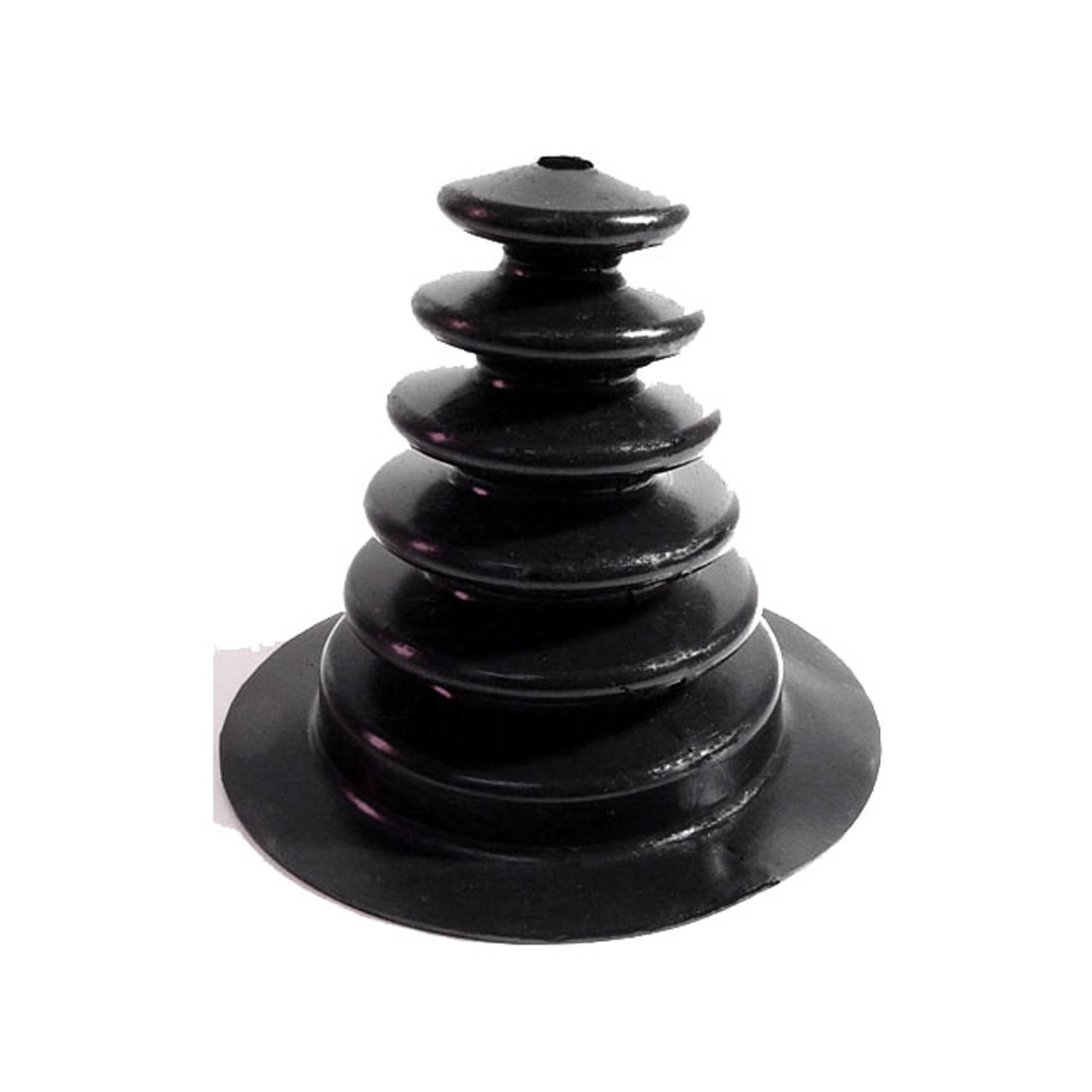 1951 Hudson Hornet Accelerator Rod Bellows. 1/8" top I.D., 2-1/4" bottom I.D-BL 7-HAccelerator Rod Bellows. 1/8" top I.D., 2-1/4" bottom I.D., 3-1/4" bottom O.D. Each
1951 Hudson Hornet Accelerator Rod Bellows. 1/8" top I.D., 2-1/4" bottom I.D-BL 7-HAccelerator Rod Bellows. 1/8" top I.D., 2-1/4" bottom I.D., 3-1/4" bottom O.D. Each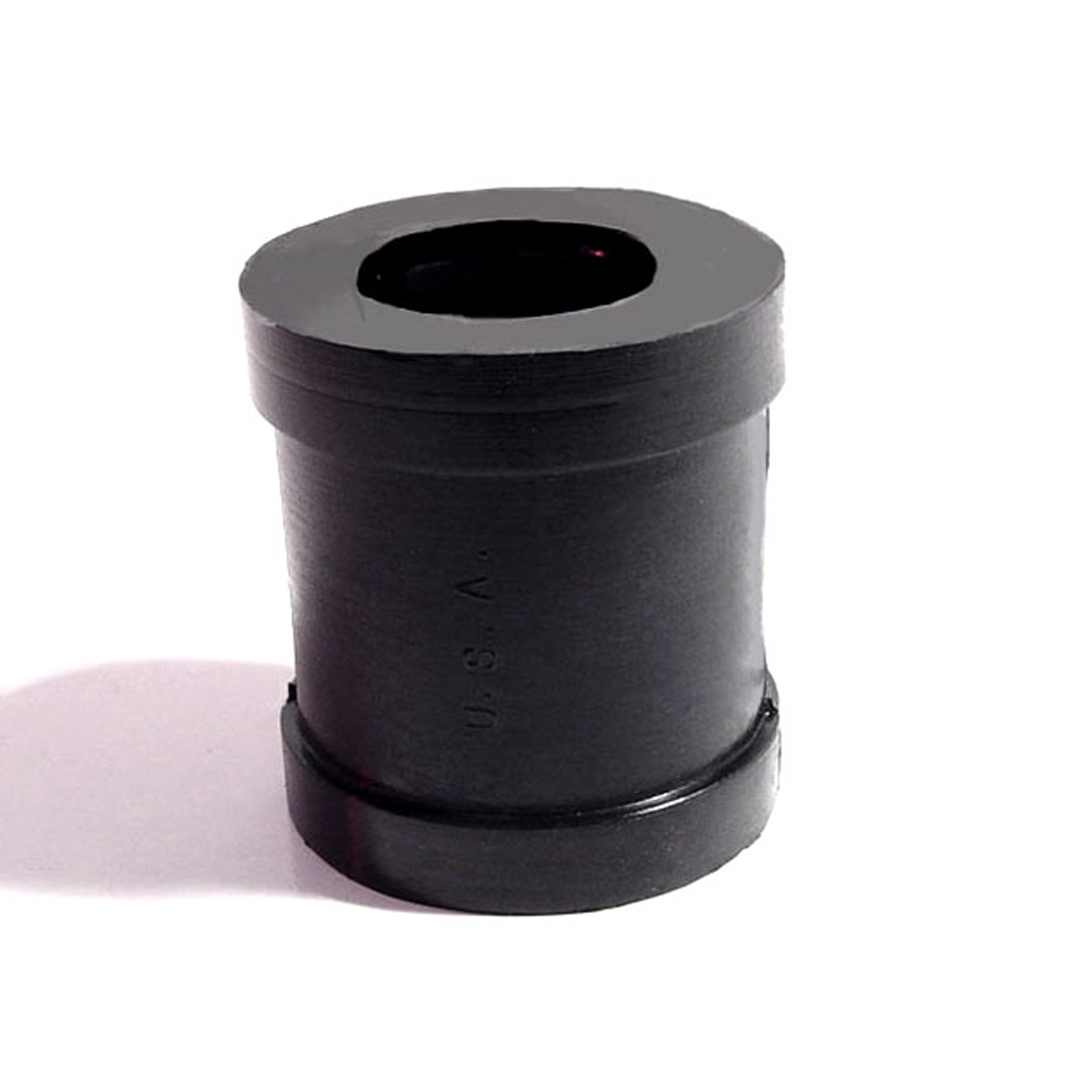 1951 Hudson Hornet Rear Stabilizer Bushing. Two used per car. 1-3/4" O.D-BN 7-ARear Stabilizer Bushing. Two used per car. 1-3/4" O.D., 2" high, with 7/8" I.D. Each
1951 Hudson Hornet Rear Stabilizer Bushing. Two used per car. 1-3/4" O.D-BN 7-ARear Stabilizer Bushing. Two used per car. 1-3/4" O.D., 2" high, with 7/8" I.D. Each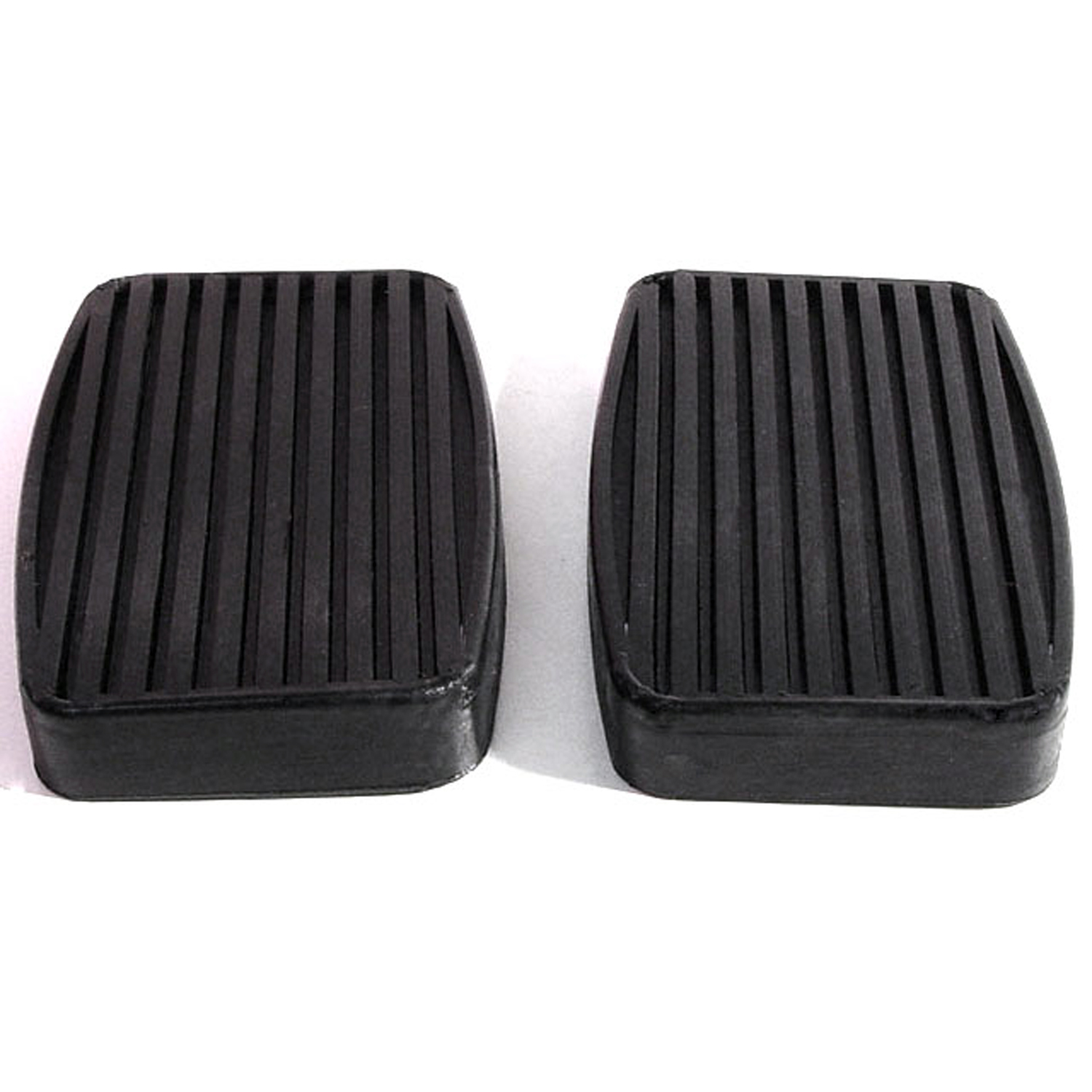 1951 Hudson Hornet Clutch and Brake Pedal Pads. High quality reproduction-CB 15-AClutch and Brake Pedal Pads. High quality reproduction. 2-1/8" wide X 3" long. Pair
1951 Hudson Hornet Clutch and Brake Pedal Pads. High quality reproduction-CB 15-AClutch and Brake Pedal Pads. High quality reproduction. 2-1/8" wide X 3" long. Pair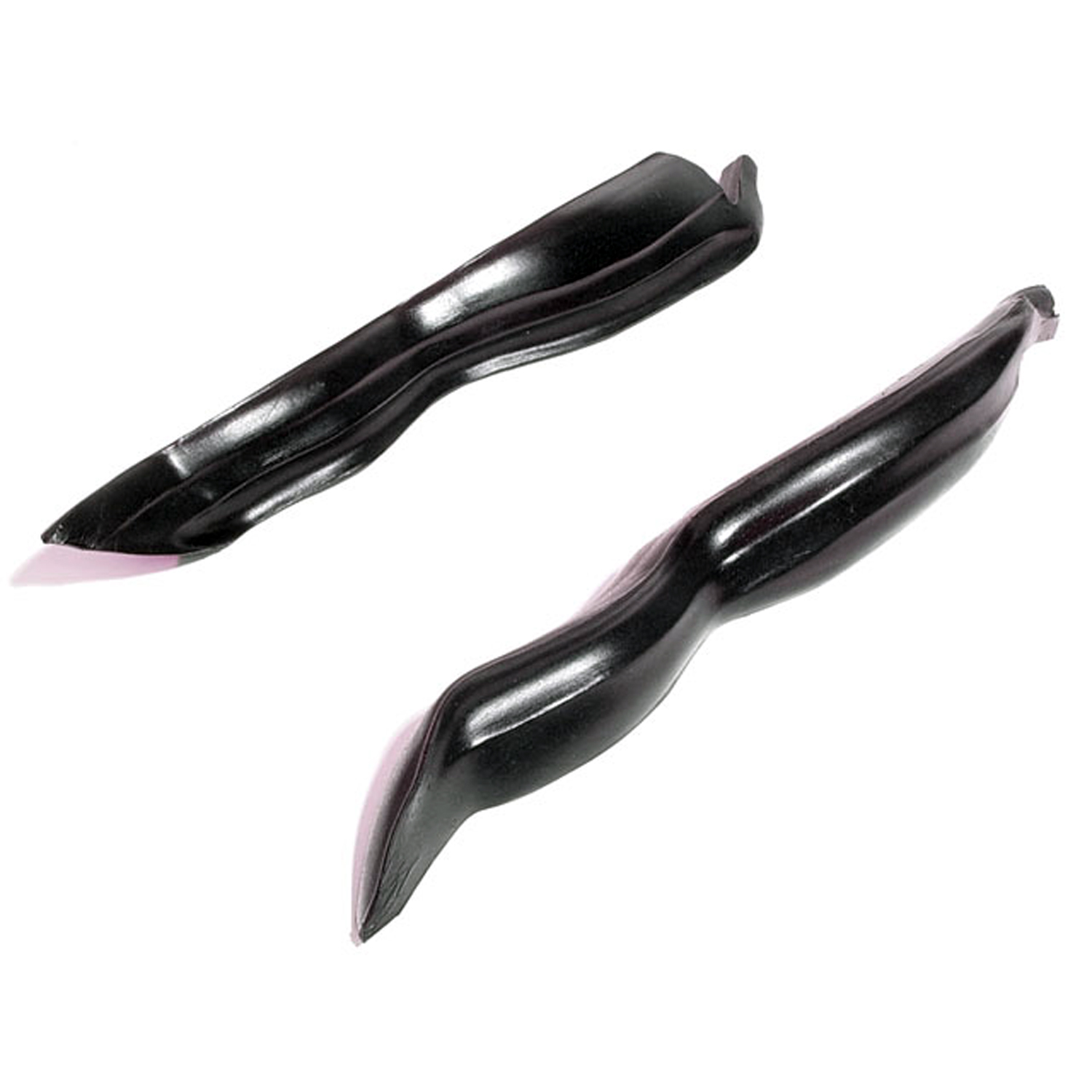 1951 Hudson Hornet Auxiliary Door to Cowl Seal-ELP 4500Auxiliary Door to Cowl Seal. This "S" seal attaches to the door and comes up against the door seal. Soft molded sponge. Very nice reproduction. Pair R&L
1951 Hudson Hornet Auxiliary Door to Cowl Seal-ELP 4500Auxiliary Door to Cowl Seal. This "S" seal attaches to the door and comes up against the door seal. Soft molded sponge. Very nice reproduction. Pair R&L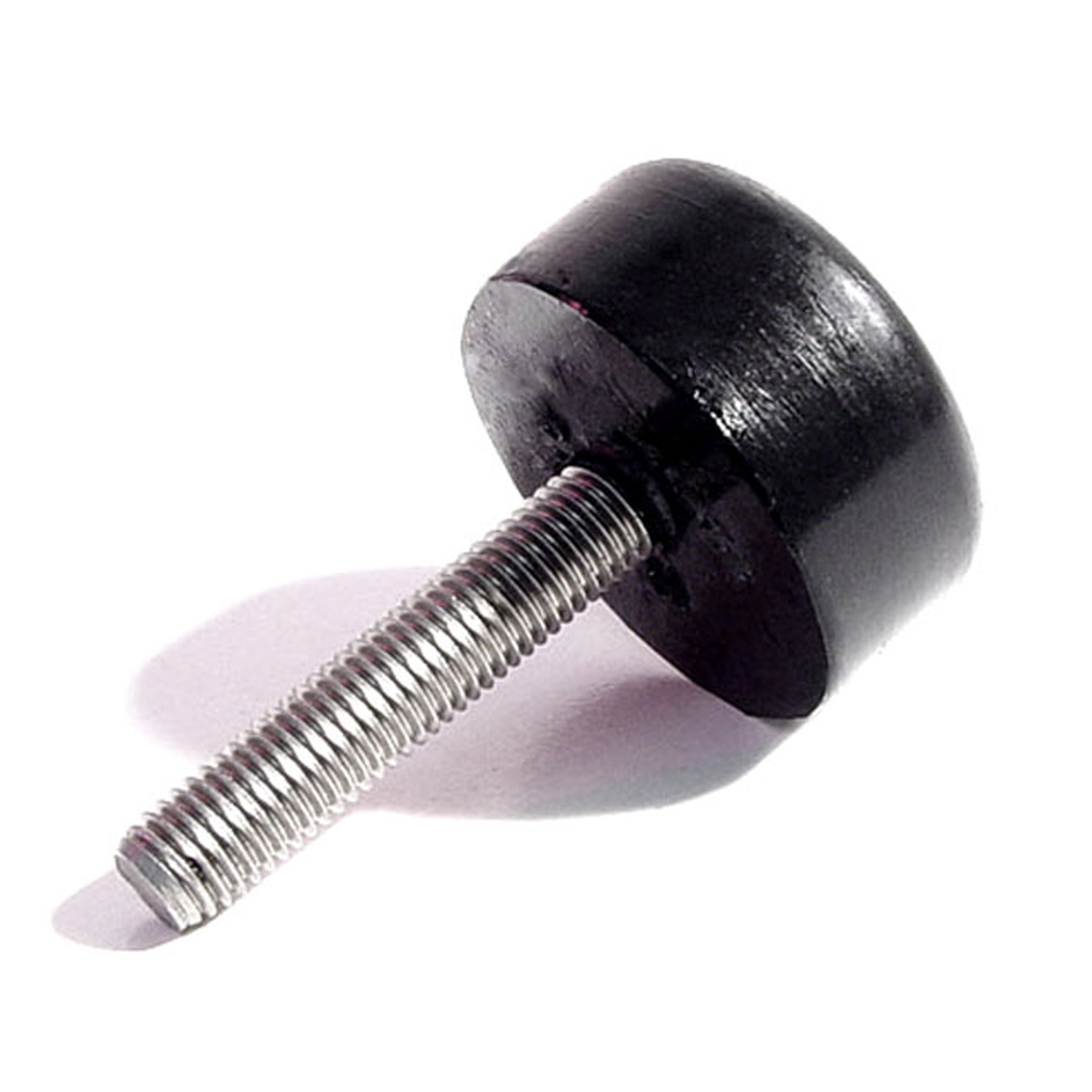 1951 Hudson Hornet Hood Adjustment Bumper. 1" diameter X 1-1/4" long bolt 1/4"-28 threads per Inch-HA 50Hood Adjustment Bumper. 1" diameter x 1/2" thick rubber X 1-1/4" long bolt x 1/4" Dia. x 28 Threads per Inch. Each
1951 Hudson Hornet Hood Adjustment Bumper. 1" diameter X 1-1/4" long bolt 1/4"-28 threads per Inch-HA 50Hood Adjustment Bumper. 1" diameter x 1/2" thick rubber X 1-1/4" long bolt x 1/4" Dia. x 28 Threads per Inch. Each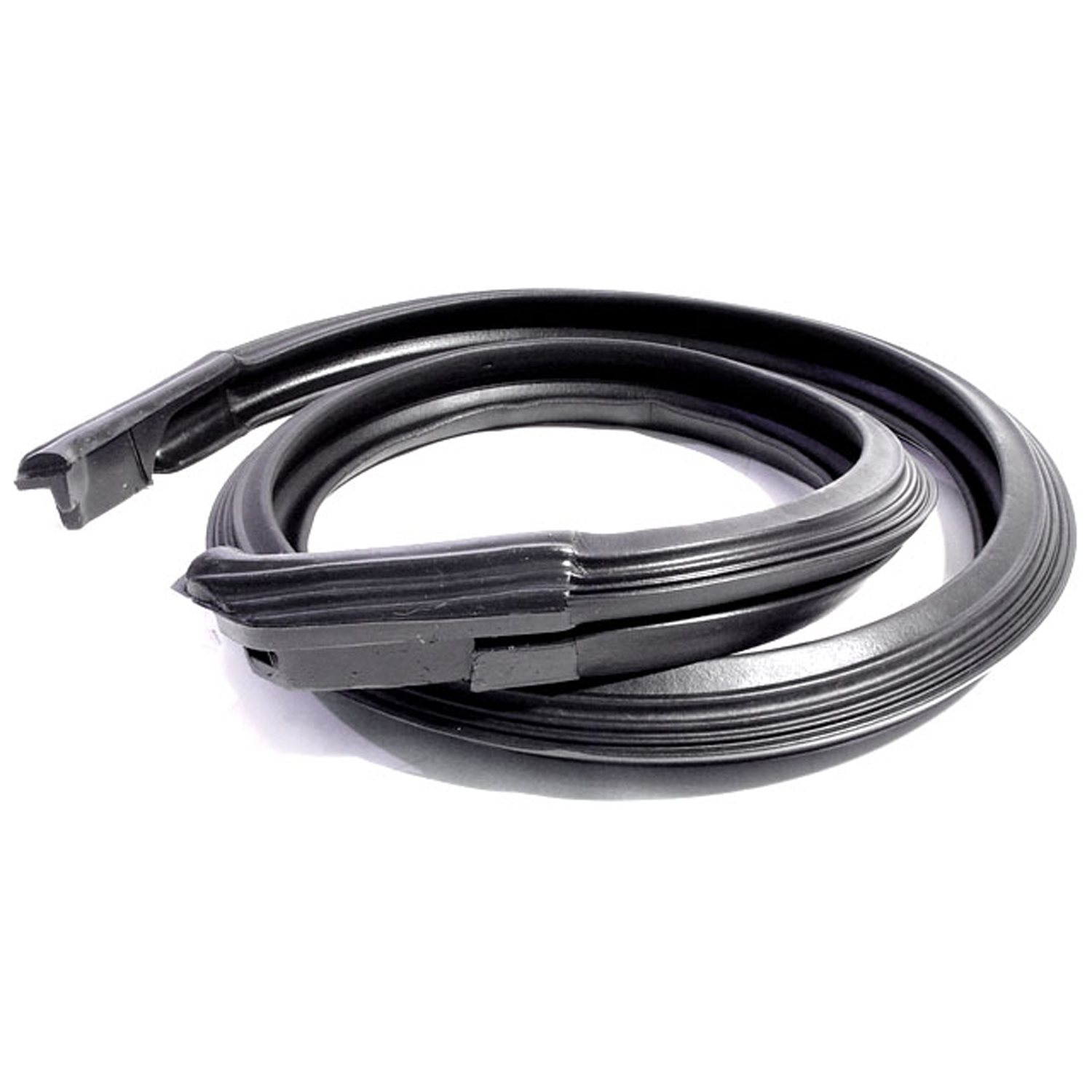 1951 Hudson Hornet Header Seal with Molded Ends. For Convertibles. 55" Long-HD 750Header Seal with Molded Ends. For Convertibles. 55" Long. Each
1951 Hudson Hornet Header Seal with Molded Ends. For Convertibles. 55" Long-HD 750Header Seal with Molded Ends. For Convertibles. 55" Long. Each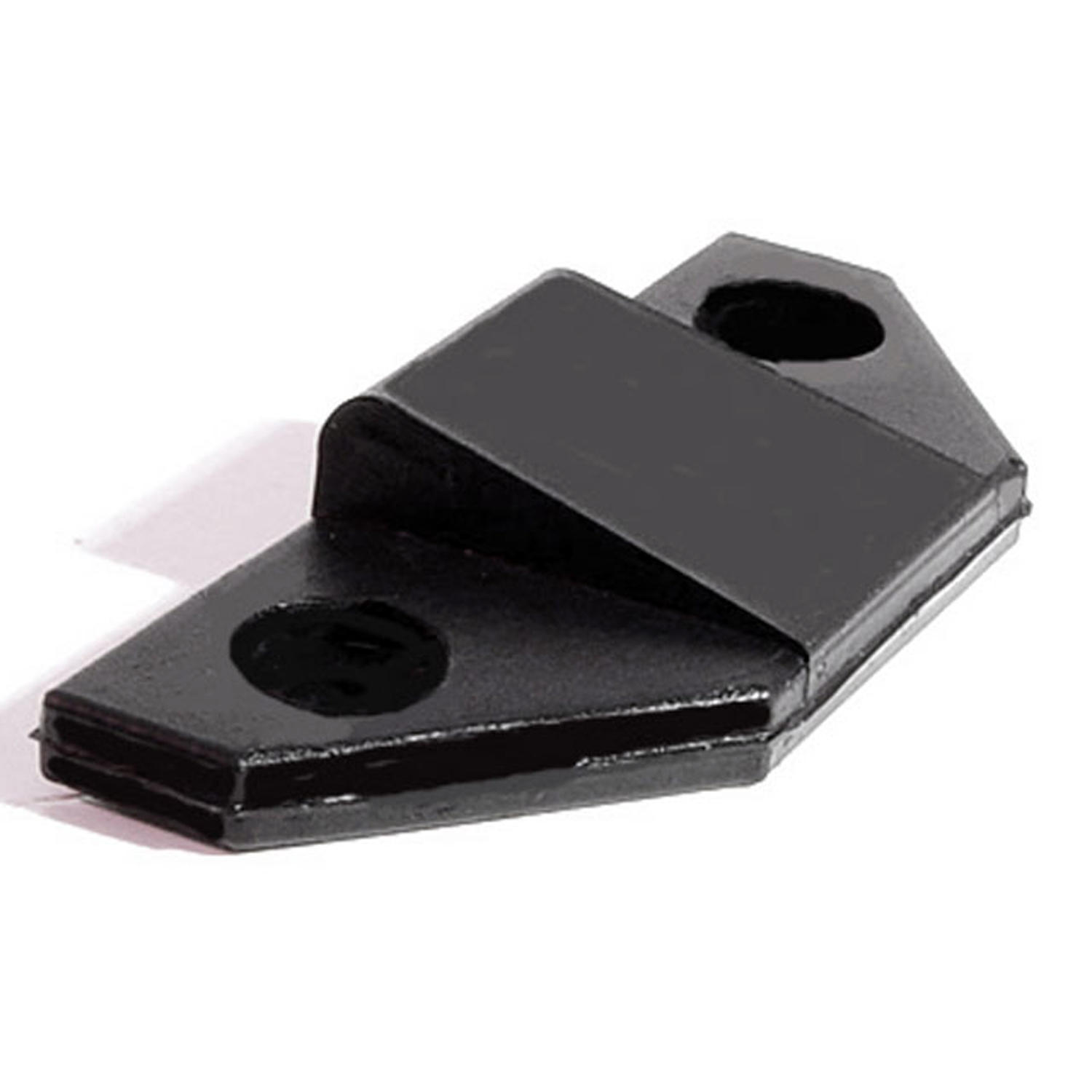 1951 Hudson Hornet Middle hood bumpers. Two used per car. Nice reproduction-HF 58-BMiddle hood bumpers. Two used per car. Nice reproduction. Each.
1951 Hudson Hornet Middle hood bumpers. Two used per car. Nice reproduction-HF 58-BMiddle hood bumpers. Two used per car. Nice reproduction. Each.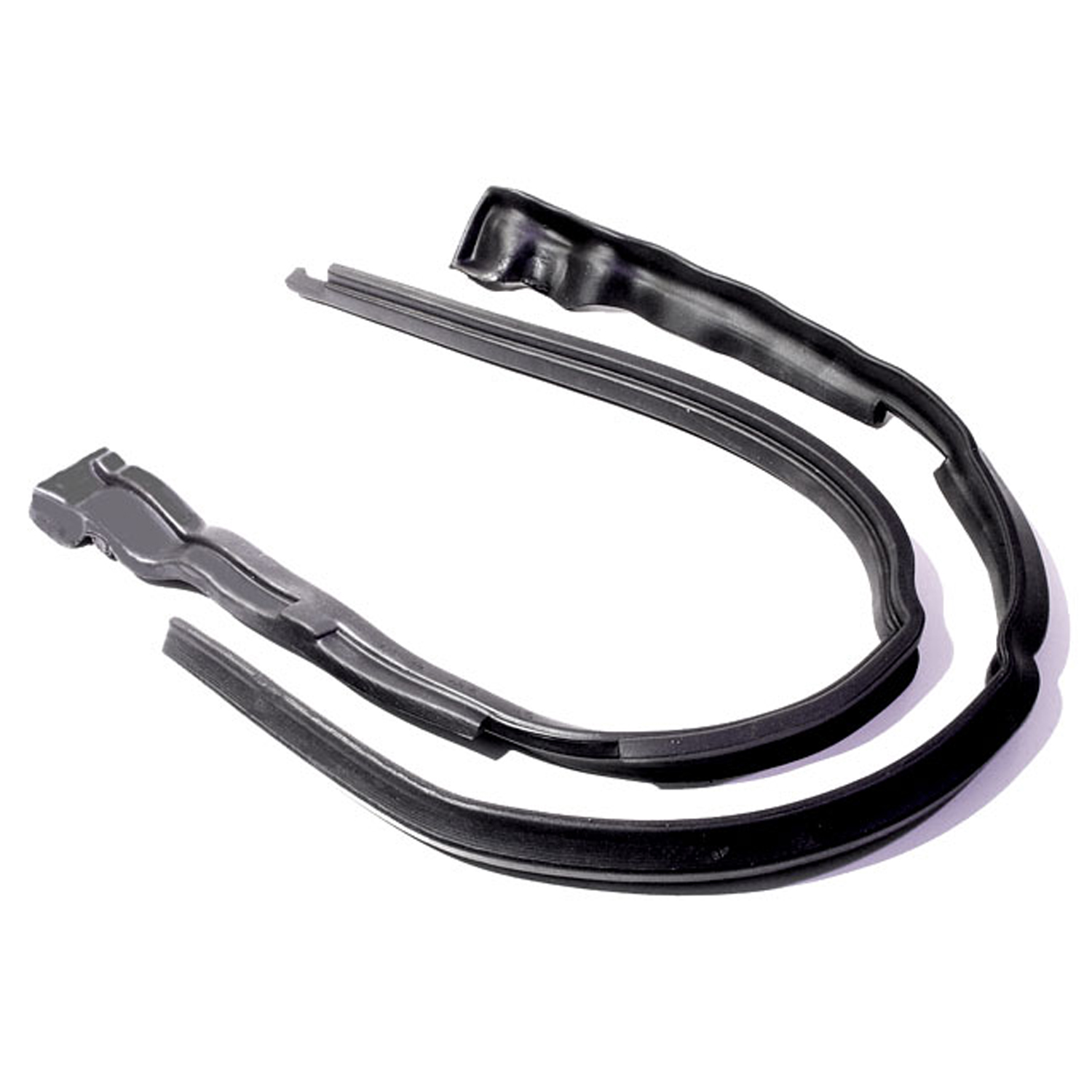 1951 Hudson Hornet Rear door seals. '48-'54 Hudson sedans. Pair. R&L.-LM 40Rear door seals. '48-'54 Hudson sedans. Pair. R&L.
1951 Hudson Hornet Rear door seals. '48-'54 Hudson sedans. Pair. R&L.-LM 40Rear door seals. '48-'54 Hudson sedans. Pair. R&L.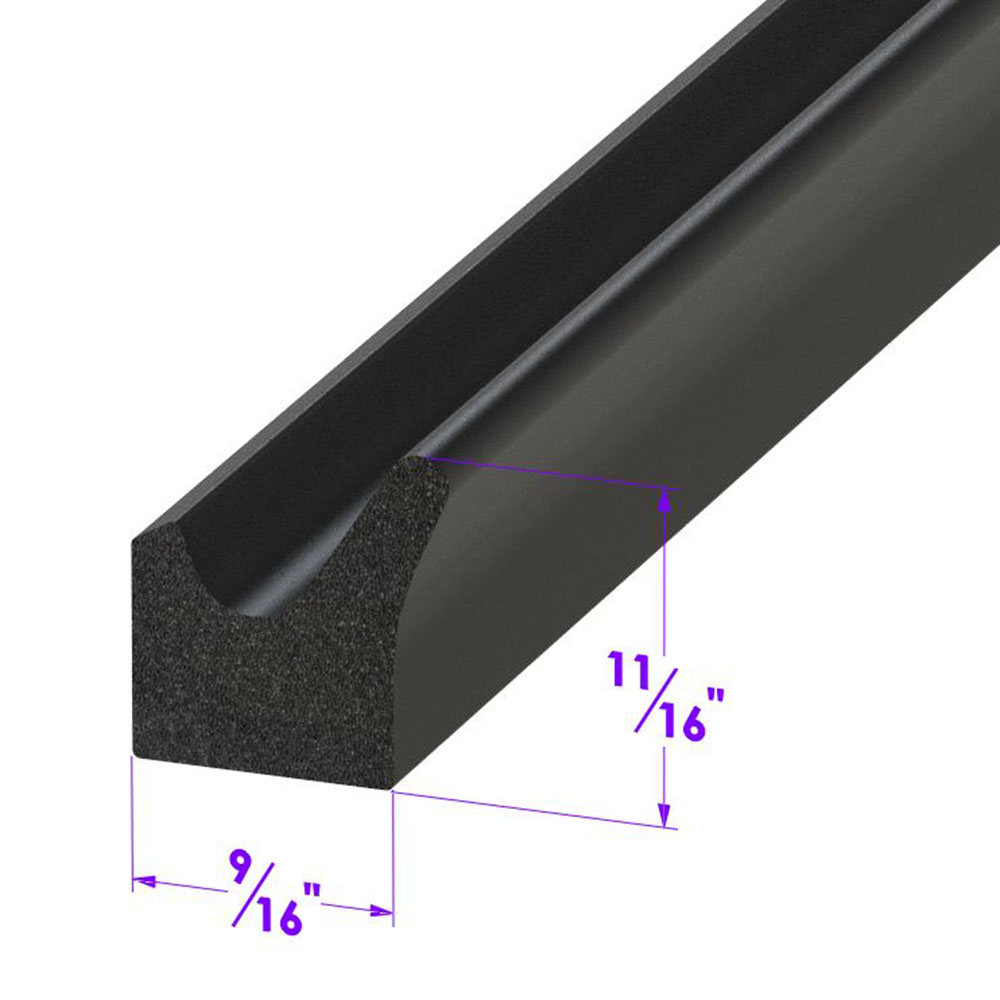 1951 Hudson Hornet Door side seal. Same as LP 40-A, but for a heavier seal-LP 40Door side seal. Same as LP 40-A, but for a heavier seal. Fits many domestic passenger cars and trucks. Used in Cobra kit cars as trunk weatherstrip. Per foot.
1951 Hudson Hornet Door side seal. Same as LP 40-A, but for a heavier seal-LP 40Door side seal. Same as LP 40-A, but for a heavier seal. Fits many domestic passenger cars and trucks. Used in Cobra kit cars as trunk weatherstrip. Per foot.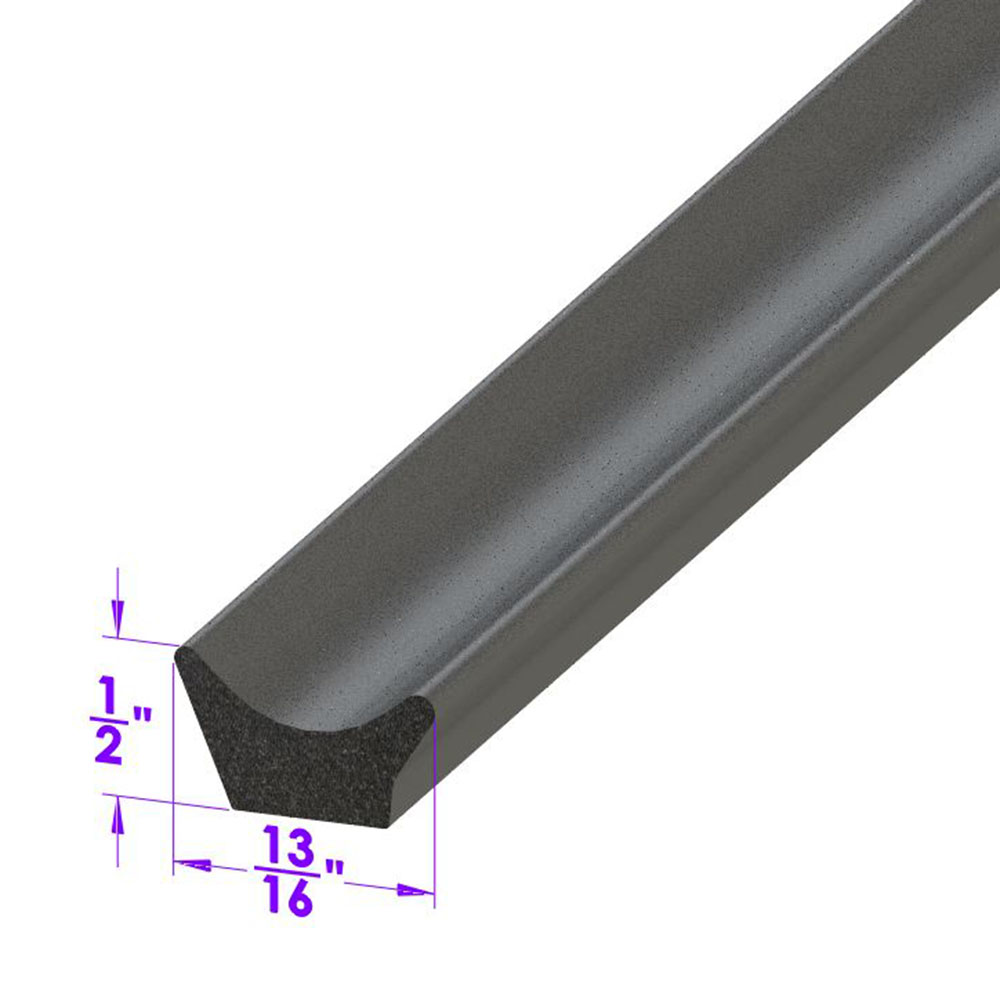 1951 Hudson Hornet Door side seal. Same as LP 40, but for a lighter seal-LP 40-ADoor side seal. Same as LP 40, but for a lighter seal. Fits many domestic passenger cars and trucks. Universal seal for street rods and customs. Used in Cobra kit cars as door weatherstrip. Per foot.
1951 Hudson Hornet Door side seal. Same as LP 40, but for a lighter seal-LP 40-ADoor side seal. Same as LP 40, but for a lighter seal. Fits many domestic passenger cars and trucks. Universal seal for street rods and customs. Used in Cobra kit cars as door weatherstrip. Per foot.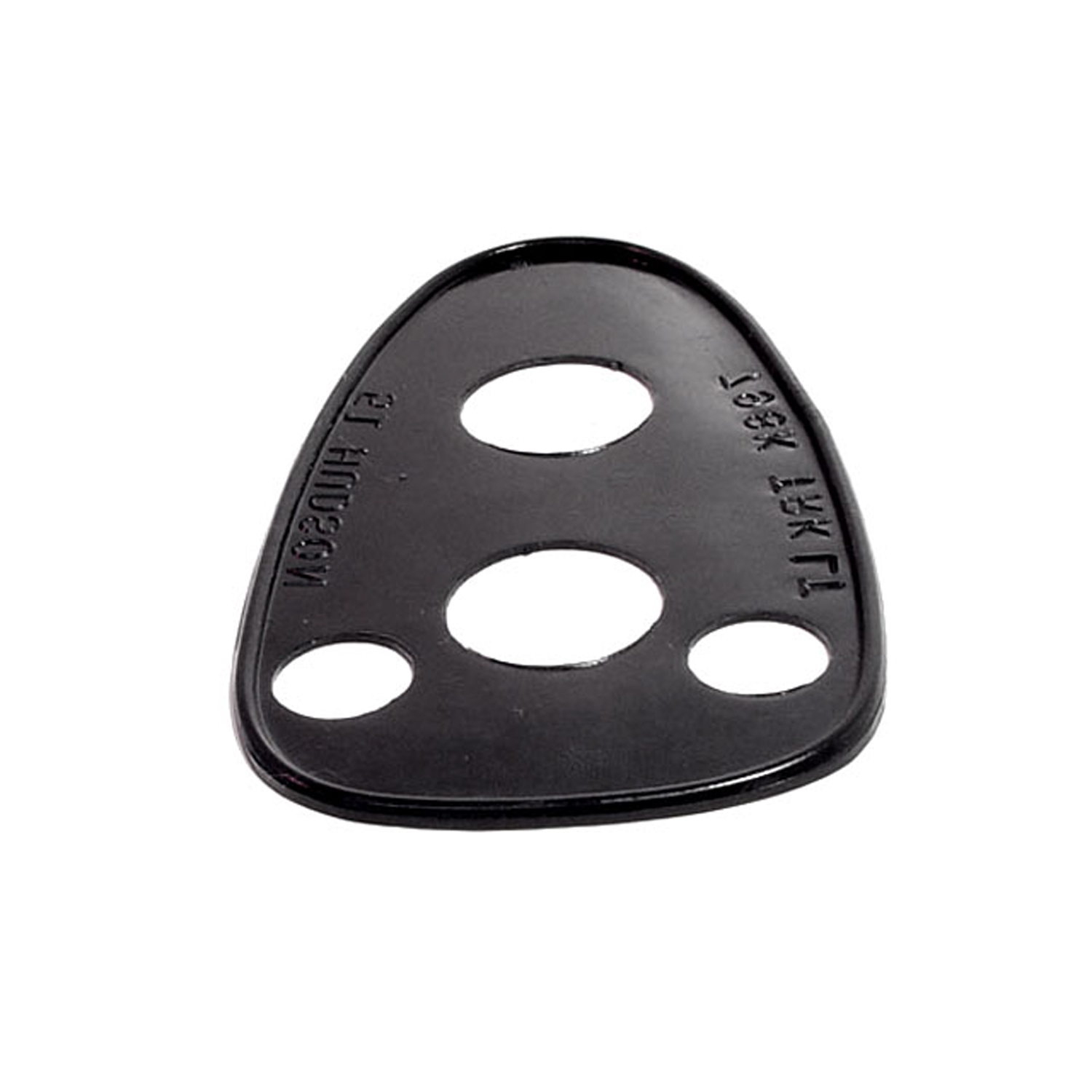 1951 Hudson Hornet Trunk Light Pad. 5-1/8" long X 2-3/4" wide. Each-MP 798-KTrunk Light Pad. 5-1/8" long X 2-3/4" wide. Each
1951 Hudson Hornet Trunk Light Pad. 5-1/8" long X 2-3/4" wide. Each-MP 798-KTrunk Light Pad. 5-1/8" long X 2-3/4" wide. Each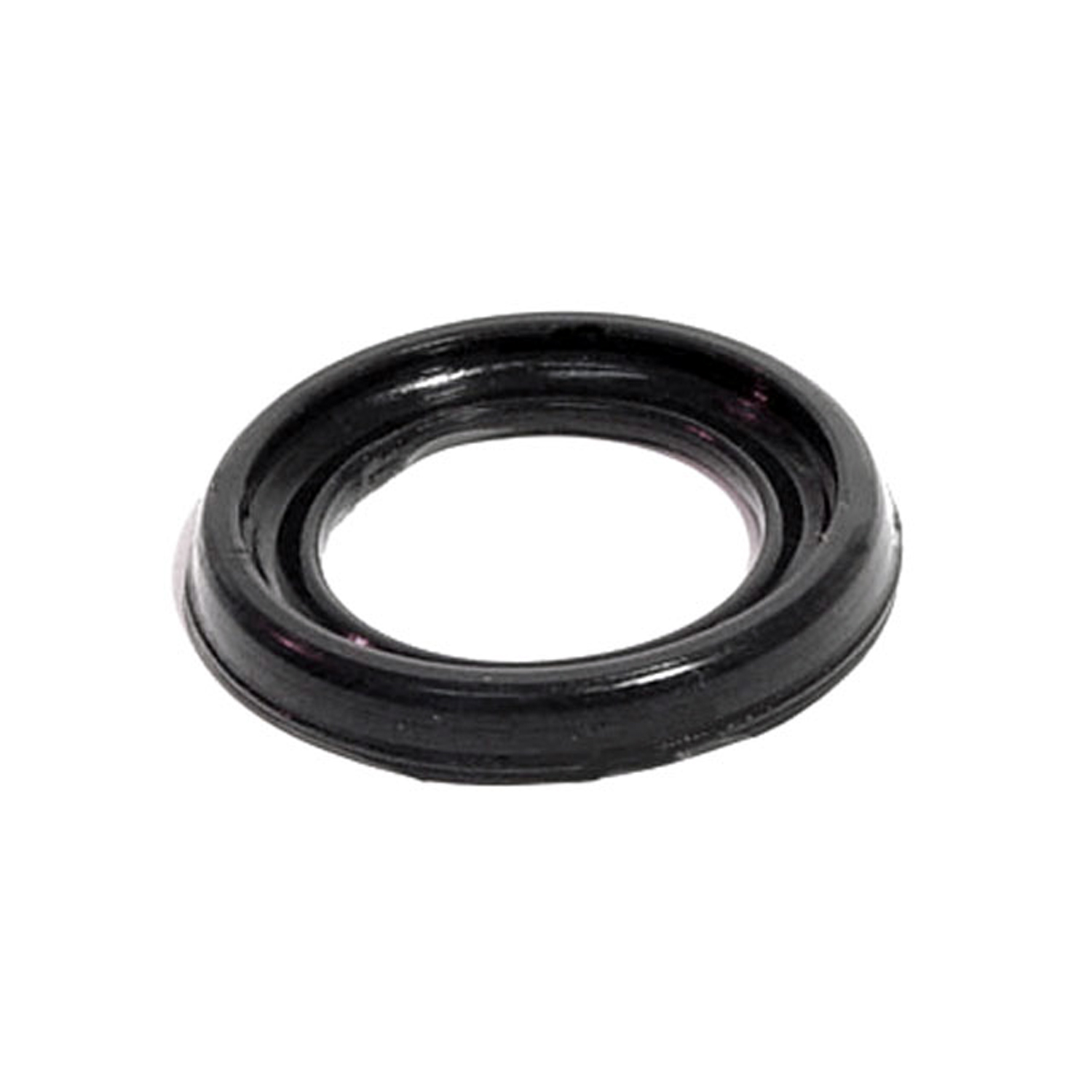 1951 Hudson Hornet Roof Antenna Pad. 1-9/16" O.D., 1-1/8" I.D. Each-MP 798-KKRoof Antenna Pad. 1-9/16" O.D., 1-1/8" I.D. Each
1951 Hudson Hornet Roof Antenna Pad. 1-9/16" O.D., 1-1/8" I.D. Each-MP 798-KKRoof Antenna Pad. 1-9/16" O.D., 1-1/8" I.D. Each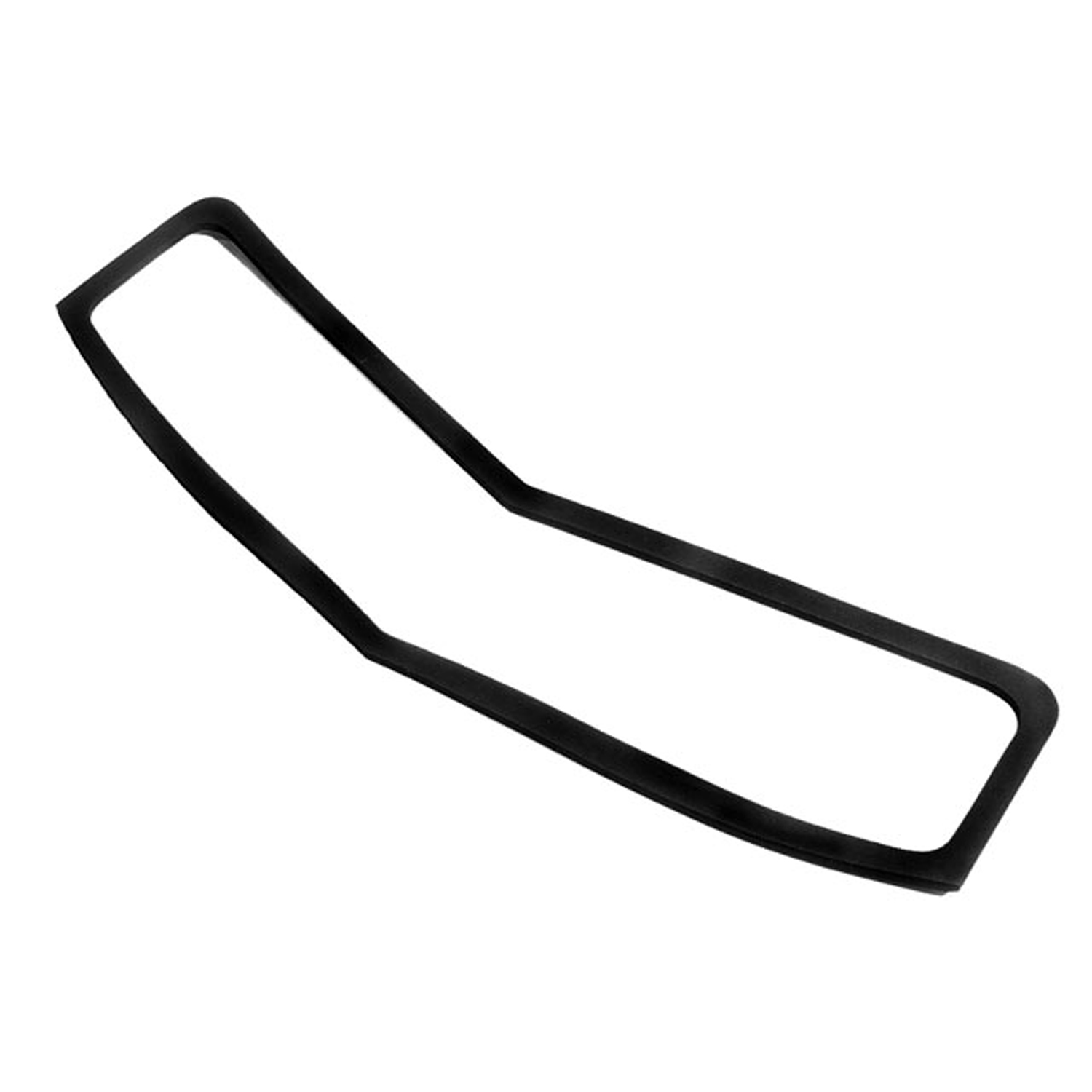 1951 Hudson Hornet Cowl Vent Seal. Made of 3/16" thick sponge-RP 100-ZCowl Vent Seal. Made of 3/16" thick sponge. 4-1/4" wide at end X 19" long. Each
1951 Hudson Hornet Cowl Vent Seal. Made of 3/16" thick sponge-RP 100-ZCowl Vent Seal. Made of 3/16" thick sponge. 4-1/4" wide at end X 19" long. Each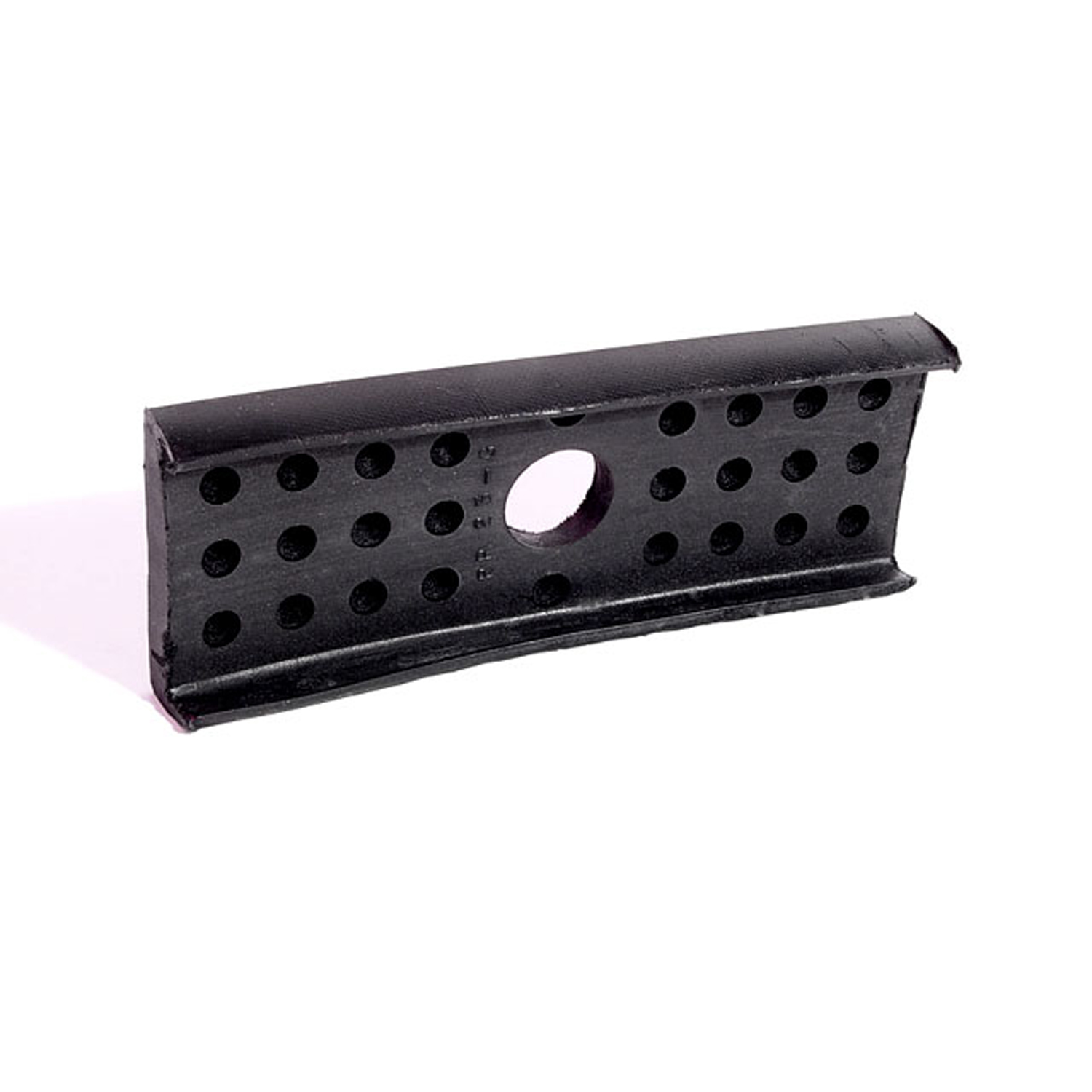 1951 Hudson Hornet Rear Leaf Spring Center Mounting Insulator-RP 23-GRear Leaf Spring Center Mounting Insulator. For all 1-3/4" wide leaf springs. Each
1951 Hudson Hornet Rear Leaf Spring Center Mounting Insulator-RP 23-GRear Leaf Spring Center Mounting Insulator. For all 1-3/4" wide leaf springs. Each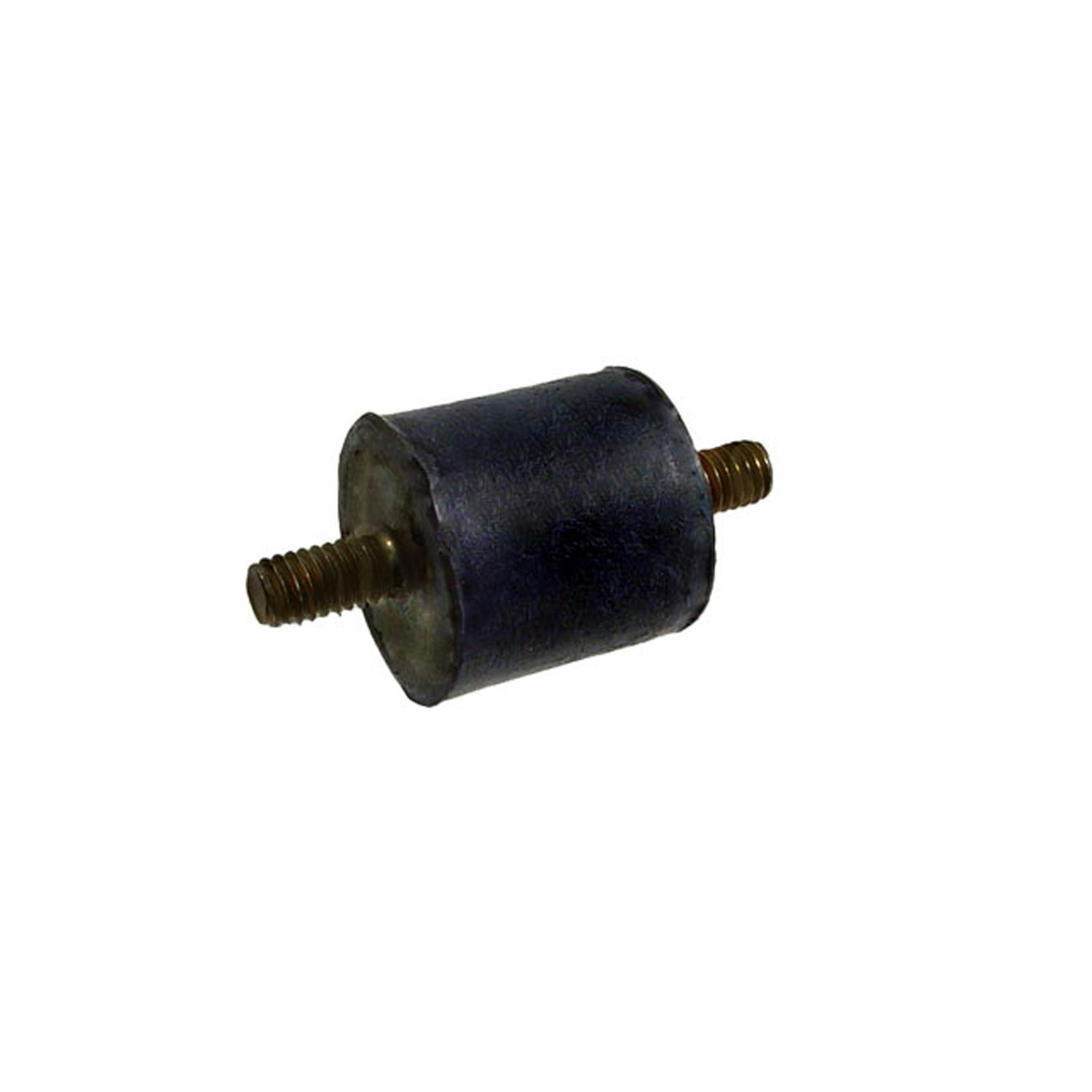 1951 Hudson Hornet Center Driveshaft Support Carrier Cushion. 1-1/4" O.D-RP 250Center Driveshaft Support Carrier Cushion. 1-1/4" O.D., 1-1/4" Long (cushion). Each
1951 Hudson Hornet Center Driveshaft Support Carrier Cushion. 1-1/4" O.D-RP 250Center Driveshaft Support Carrier Cushion. 1-1/4" O.D., 1-1/4" Long (cushion). Each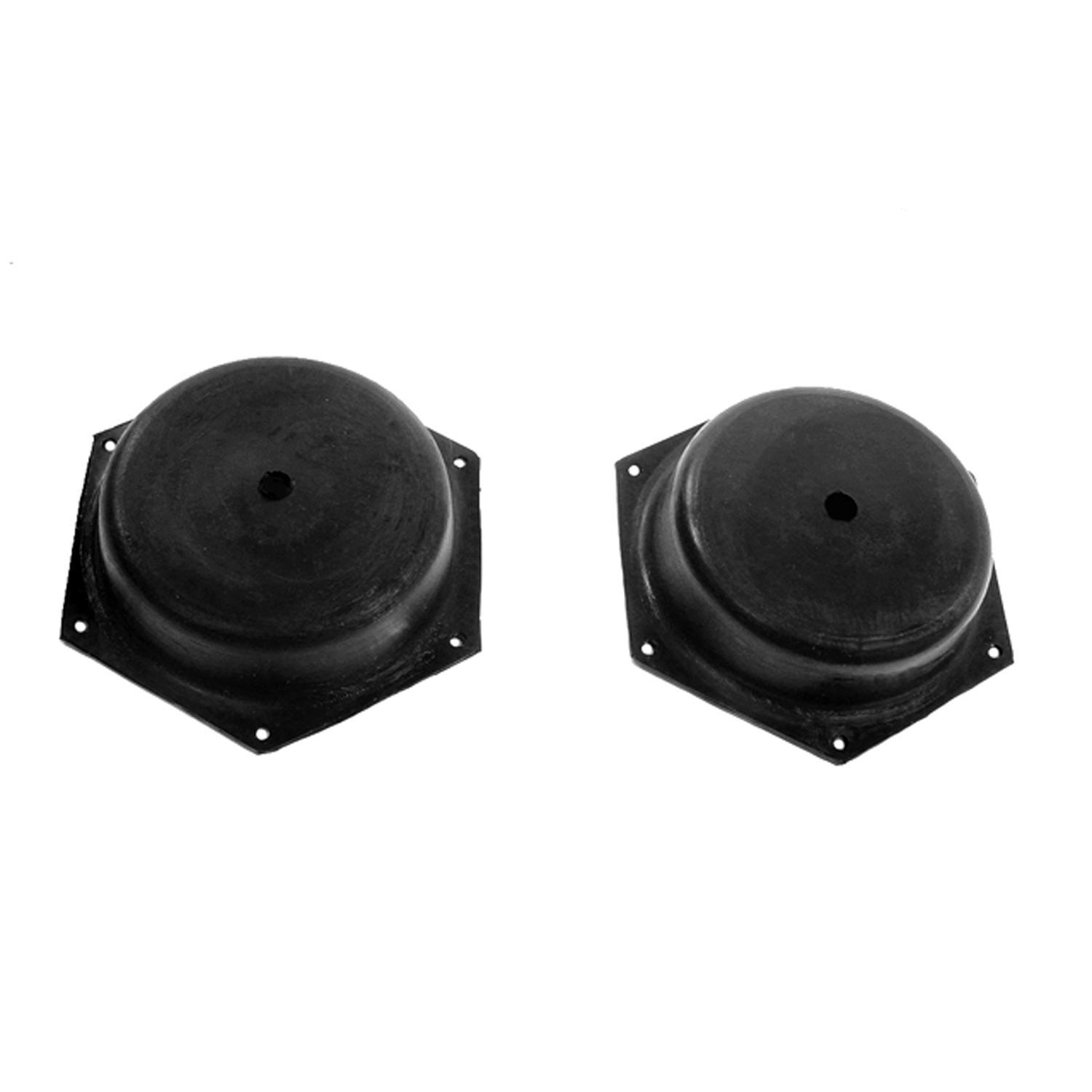 1951 Hudson Hornet Drive Master Electric Shift Vacuum Diaphragm-RP 32-ADrive Master Electric Shift Vacuum Diaphragm. For all models with drive master system for standard transmission. Pair
1951 Hudson Hornet Drive Master Electric Shift Vacuum Diaphragm-RP 32-ADrive Master Electric Shift Vacuum Diaphragm. For all models with drive master system for standard transmission. Pair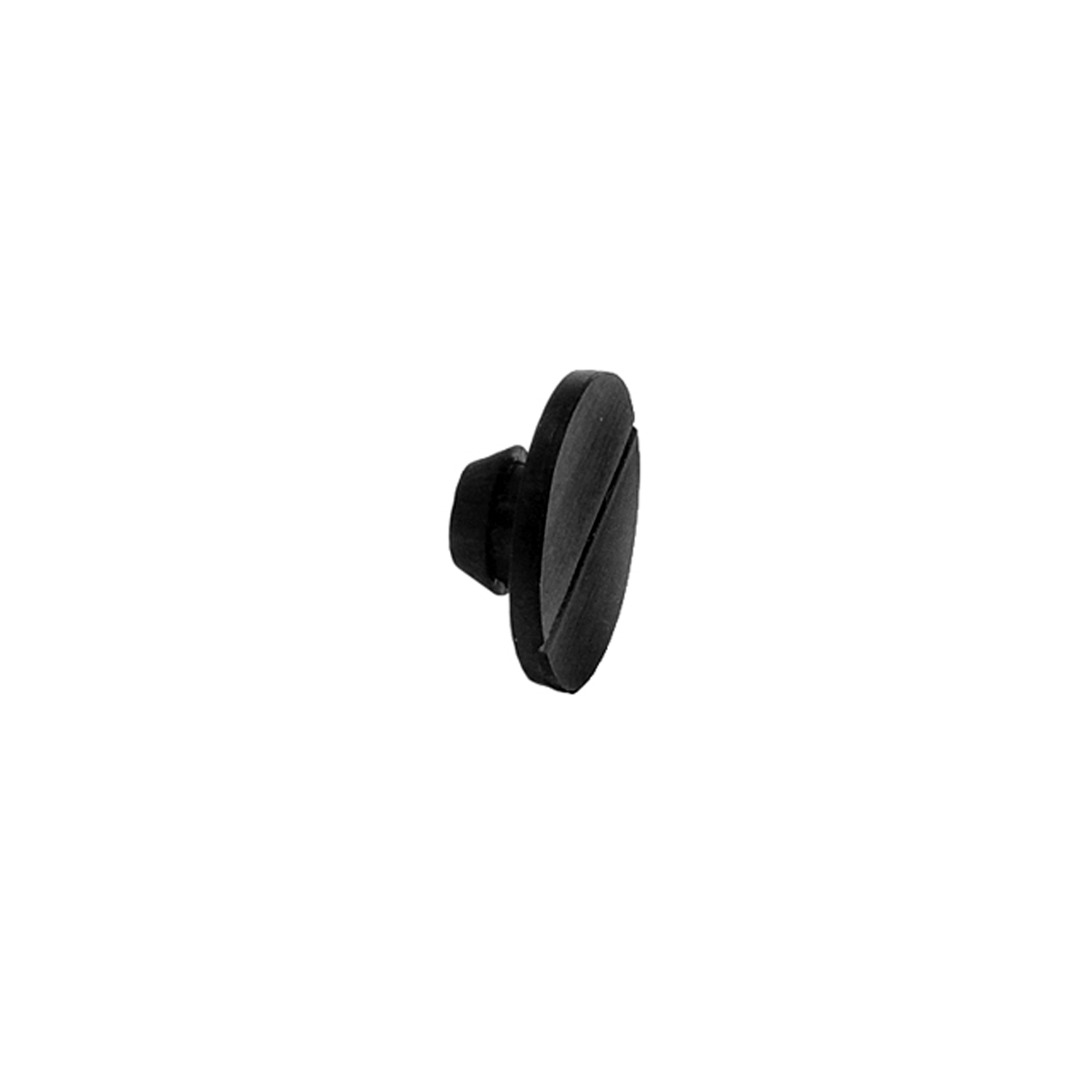 1951 Hudson Hornet Clutch Linkage Cushion. 1/8" top thickness. Each-SB 33-BClutch Linkage Cushion. 1/8" top thickness. Each
1951 Hudson Hornet Clutch Linkage Cushion. 1/8" top thickness. Each-SB 33-BClutch Linkage Cushion. 1/8" top thickness. Each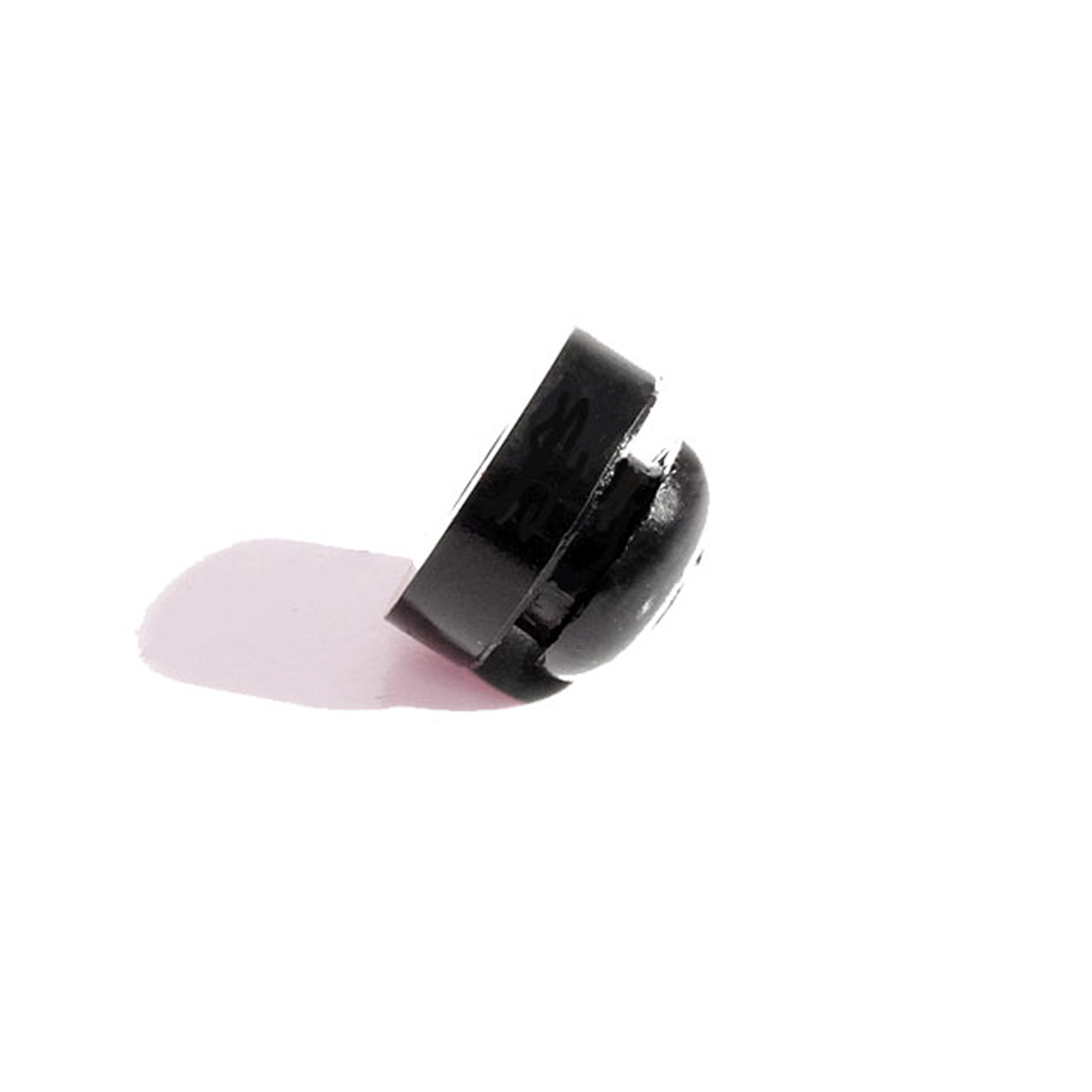 1951 Hudson Hornet HEADLINER BOW GROMMET, 48-54 HUDSON-SM 55-HHEADLINER BOW GROMMET, 48-54 HUDSON
1951 Hudson Hornet HEADLINER BOW GROMMET, 48-54 HUDSON-SM 55-HHEADLINER BOW GROMMET, 48-54 HUDSON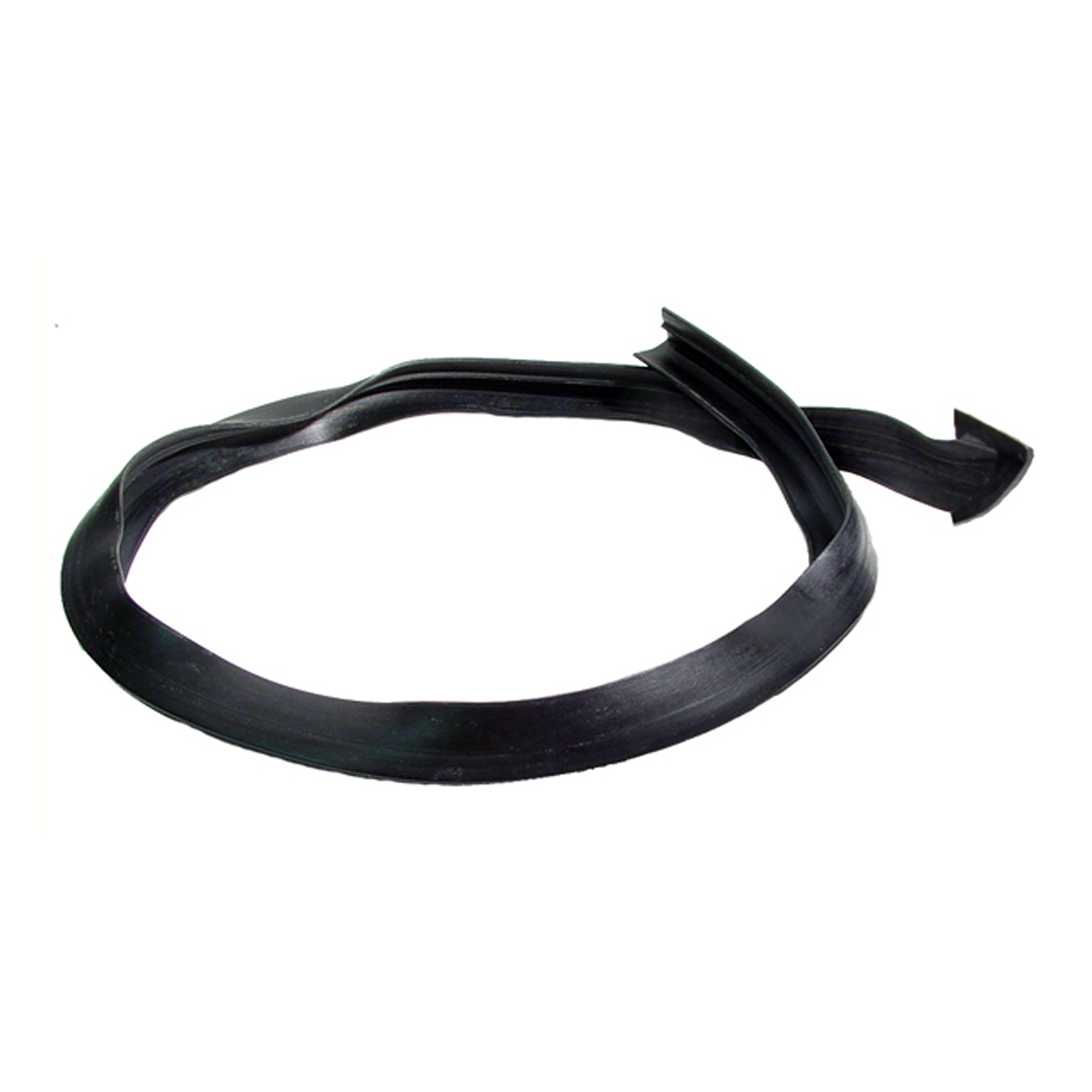 1951 Hudson Hornet Vertical Division Seal-VS 6-AVertical Division Seal. 26" Piece, enough for two front vents. Each
1951 Hudson Hornet Vertical Division Seal-VS 6-AVertical Division Seal. 26" Piece, enough for two front vents. Each 1951 Hudson Hornet Vertical seal for vent window. Dense rubber. Universal part-VS 6-A/FTVertical seal for vent window. Dense rubber. Universal part. Per foot.
1951 Hudson Hornet Vertical seal for vent window. Dense rubber. Universal part-VS 6-A/FTVertical seal for vent window. Dense rubber. Universal part. Per foot.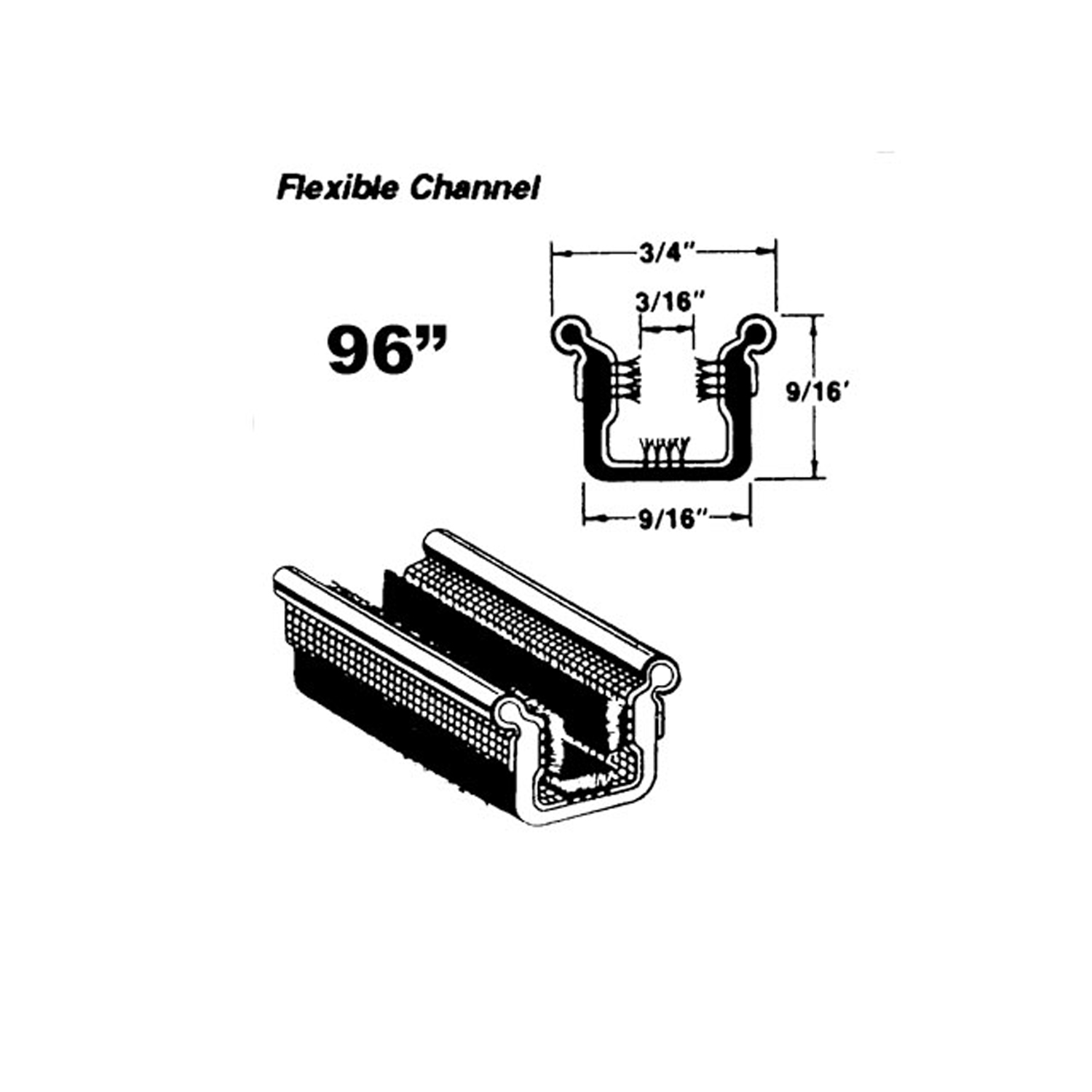 1951 Hudson Hornet Flexible window channel-WC 10-96Flexible window channel. Rubber covered with mohair lining and stainless steel bead. 96 in. long. Each. NOTE: $20 special shipping charge applies for domestic orders. Call or email for overseas shipping costs. Part can be sectioned in two or three equal lengths to reduce overseas shipping costs.
1951 Hudson Hornet Flexible window channel-WC 10-96Flexible window channel. Rubber covered with mohair lining and stainless steel bead. 96 in. long. Each. NOTE: $20 special shipping charge applies for domestic orders. Call or email for overseas shipping costs. Part can be sectioned in two or three equal lengths to reduce overseas shipping costs.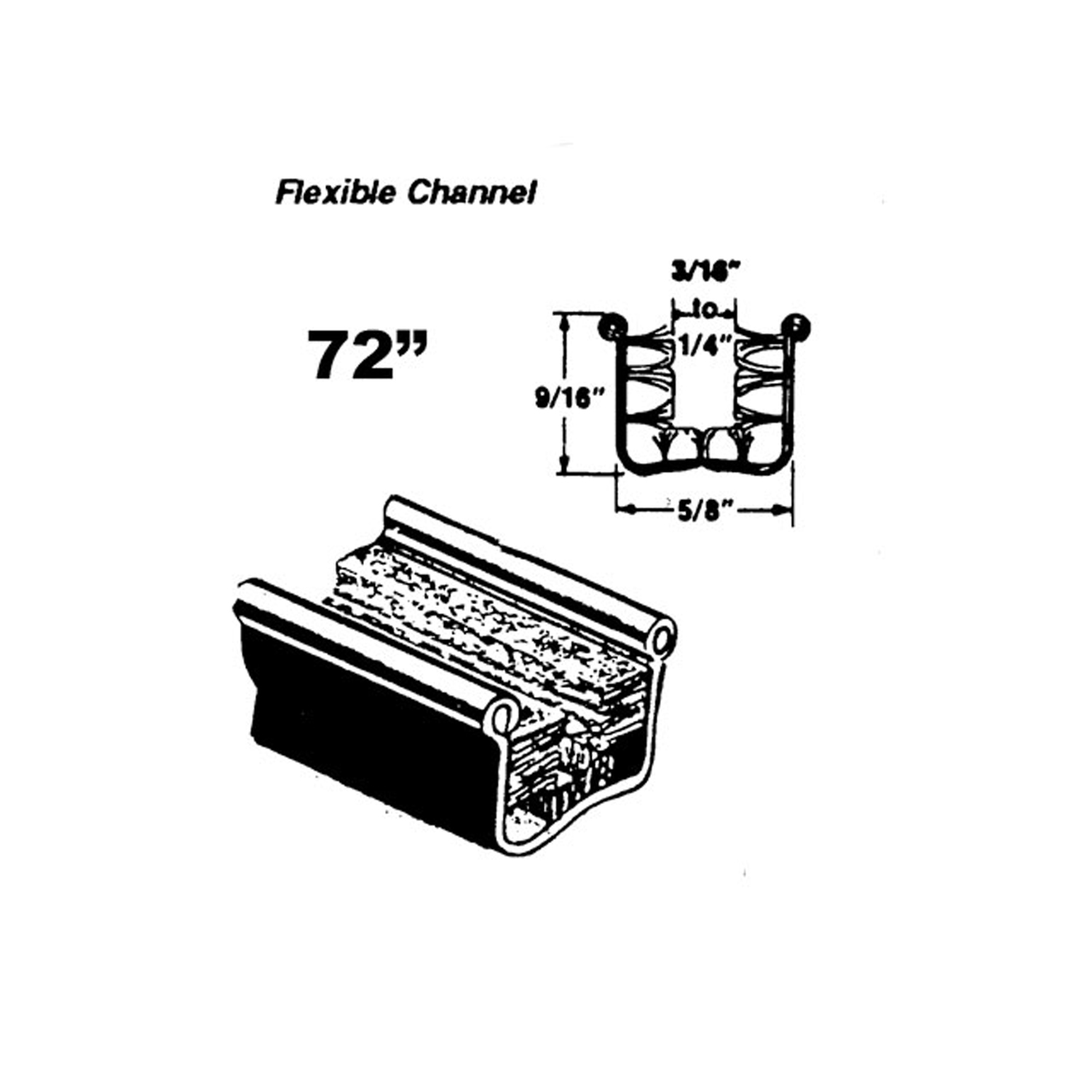 1951 Hudson Hornet Flexible glass-run channel-WC 11-72Flexible glass-run channel. Mohair lined, cloth covered with stainless steel bead. Used on side windows. 72 in. long. Each. NOTE: $20 special shipping charge applies for domestic orders. Call or email for overseas shipping costs. Part can be sectioned in two equal lengths to reduce overseas shipping costs.
1951 Hudson Hornet Flexible glass-run channel-WC 11-72Flexible glass-run channel. Mohair lined, cloth covered with stainless steel bead. Used on side windows. 72 in. long. Each. NOTE: $20 special shipping charge applies for domestic orders. Call or email for overseas shipping costs. Part can be sectioned in two equal lengths to reduce overseas shipping costs.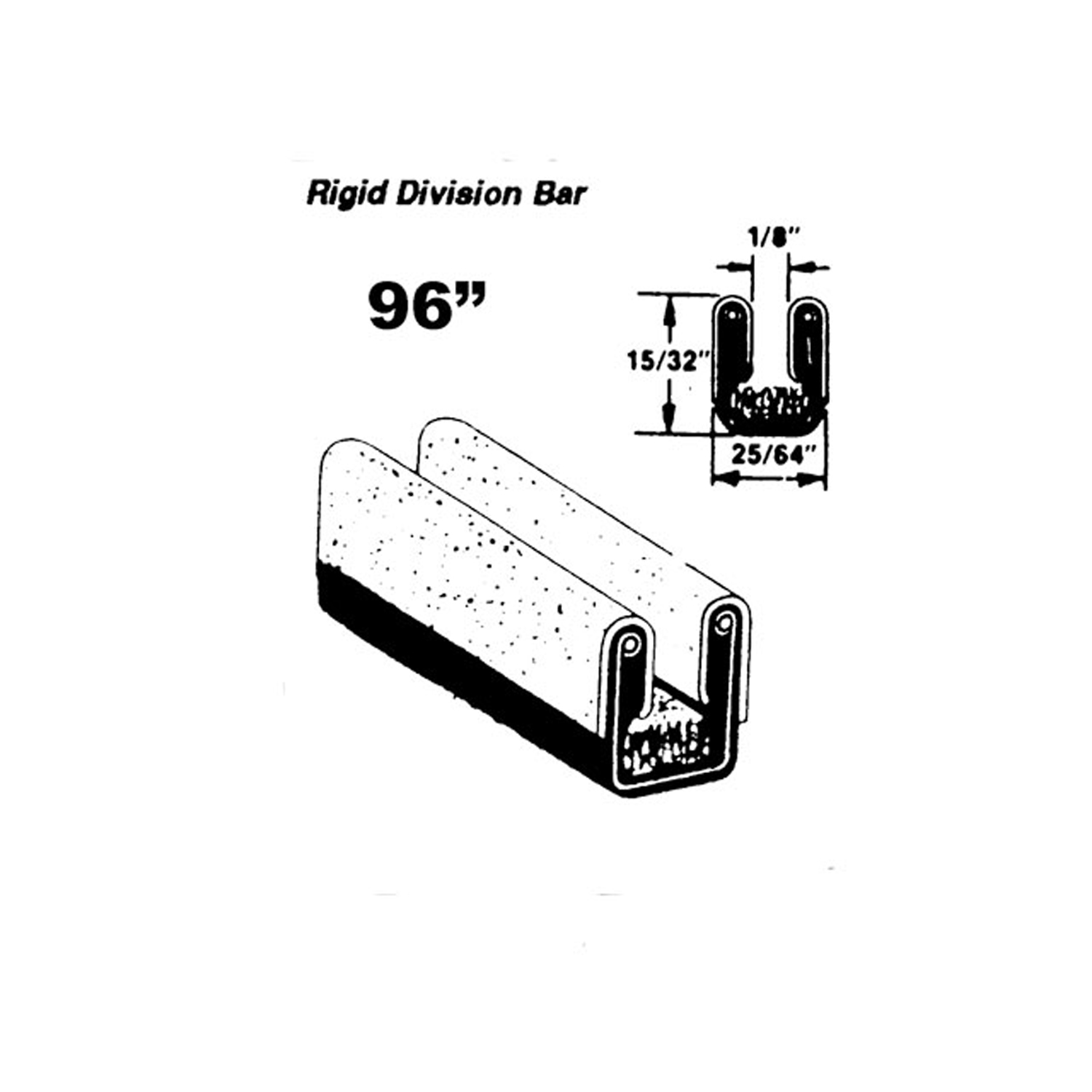 1951 Hudson Hornet Rigid division-bar run channel-WC 31-96Rigid division-bar run channel. Made with very soft felt lining. Used on front and rear door side windows. 96 in. long. Each. NOTE: $20 special shipping charge applies for domestic orders. Call or email for overseas shipping costs. Part can be sectioned in two or three equal lengths to reduce overseas shipping costs.
1951 Hudson Hornet Rigid division-bar run channel-WC 31-96Rigid division-bar run channel. Made with very soft felt lining. Used on front and rear door side windows. 96 in. long. Each. NOTE: $20 special shipping charge applies for domestic orders. Call or email for overseas shipping costs. Part can be sectioned in two or three equal lengths to reduce overseas shipping costs.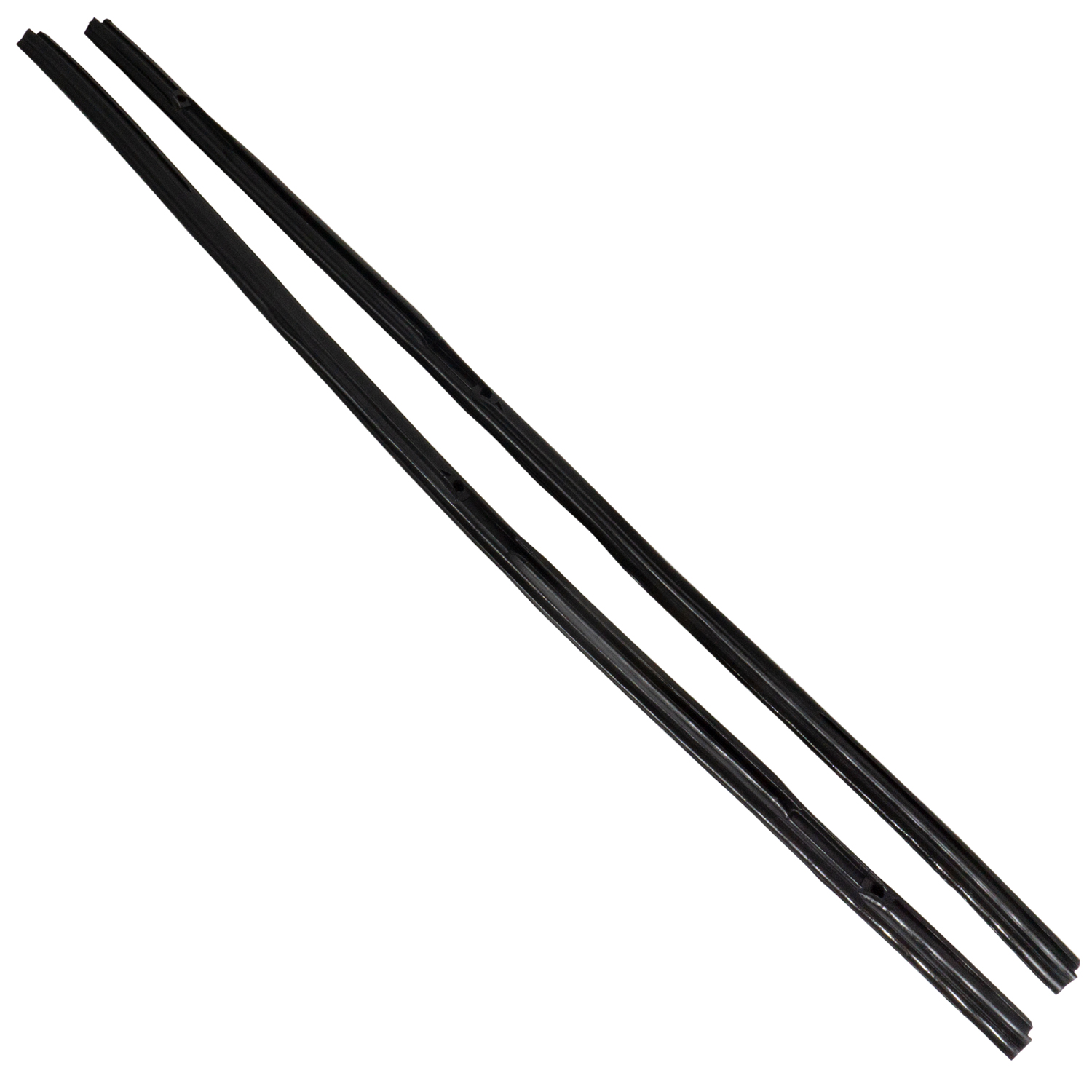 1951 Hudson Hornet Rear Vent Window Seals. Pair R&L-WR 3052-RRear Vent Window Seals. Pair R&L
1951 Hudson Hornet Rear Vent Window Seals. Pair R&L-WR 3052-RRear Vent Window Seals. Pair R&L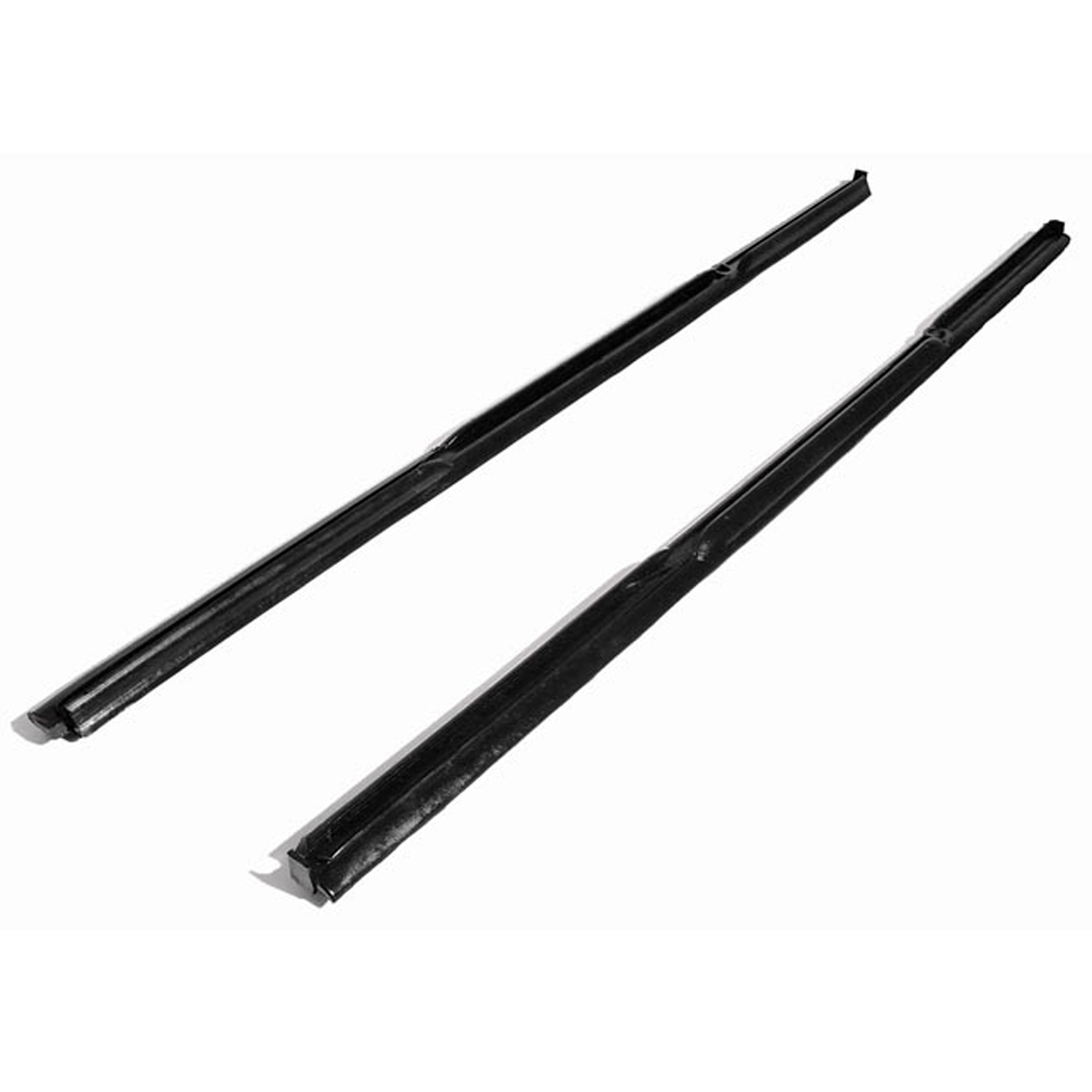 1951 Hudson Hornet Front Vent Window Seals-WR 4501Front Vent Window Seals. For all closed models, not convertibles. Notch must be cut out for latching windows. Pair R&L
1951 Hudson Hornet Front Vent Window Seals-WR 4501Front Vent Window Seals. For all closed models, not convertibles. Notch must be cut out for latching windows. Pair R&L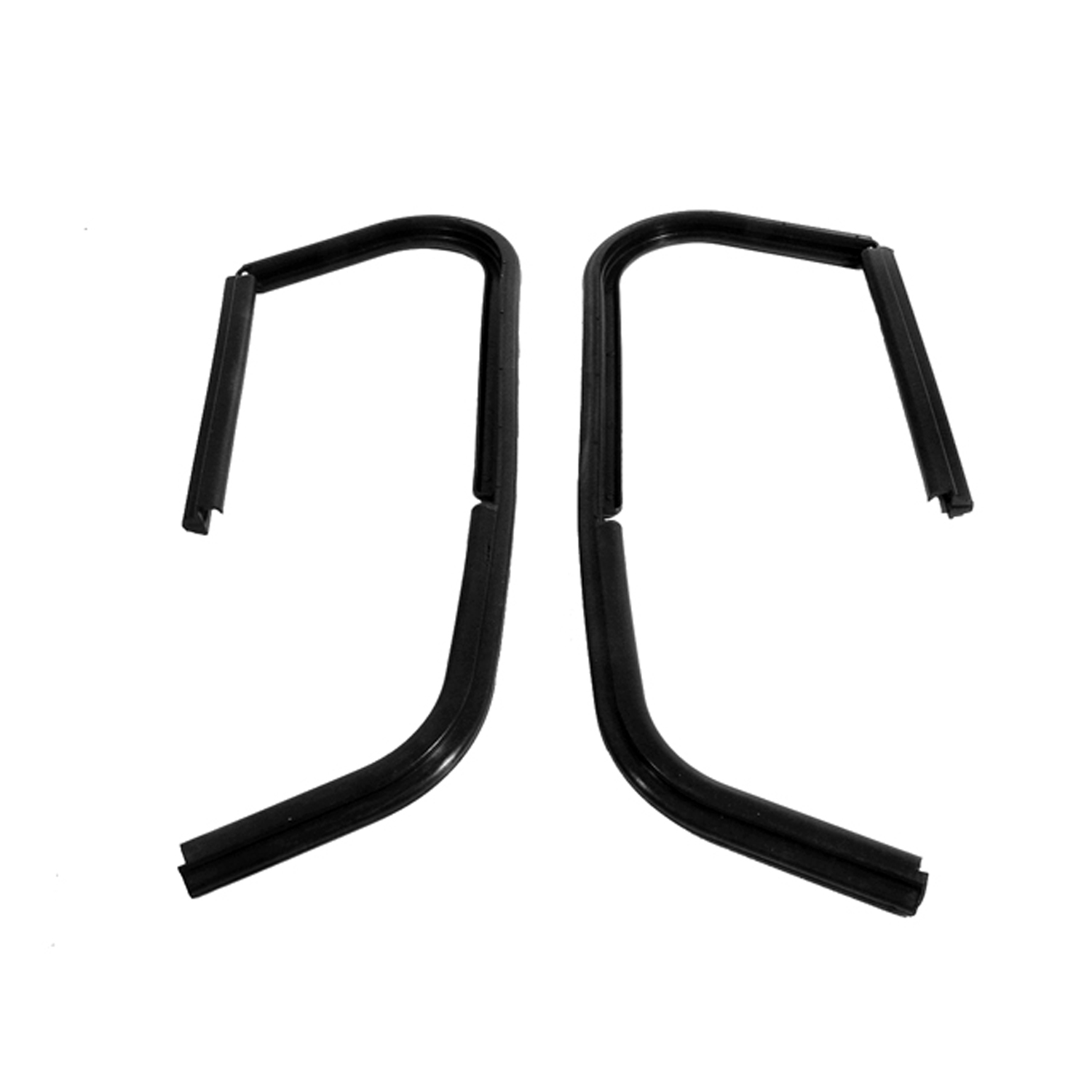 1951 Hudson Hornet Front Vent Window Seals-WR 4503Front Vent Window Seals. For: '48-'54 convertibles and '51-'54 2-door hardtops. 29-1/2" long each. Pair R&L
1951 Hudson Hornet Front Vent Window Seals-WR 4503Front Vent Window Seals. For: '48-'54 convertibles and '51-'54 2-door hardtops. 29-1/2" long each. Pair R&LWhy Choose Metro?
For over 100 years, Metro Moulded Parts has been the pinnacle of quality in classic car restoration parts. Our commitment to precision and authenticity in every component ensures a perfect fit and an OEM-level appearance.
- Expert Craftsmanship & Quality: Each part is a testament to our dedication to reliability and perfection, crafted from original designs and thoroughly tested.
- Advanced Technology: We use cutting-edge techniques to create flawless, long-lasting parts that surpass others in performance.
- SuperSoft Sponge – The Ultimate Door Seal: Not only are our door seals 30% softer than competitors', but they're also guaranteed to never leak. They effectively reduce wind and road noise, enhancing your classic car's comfort and driving experience.
- Proudly American: Our parts are a product of American craftsmanship, made in the USA with a spirit of excellence and heritage.
- Unrivaled Warranty: We back our products with a 30-year industry-leading warranty, a testament to our confidence in their quality.
Join us in preserving the legacy of classic cars with parts that are crafted for perfection, not just made.

